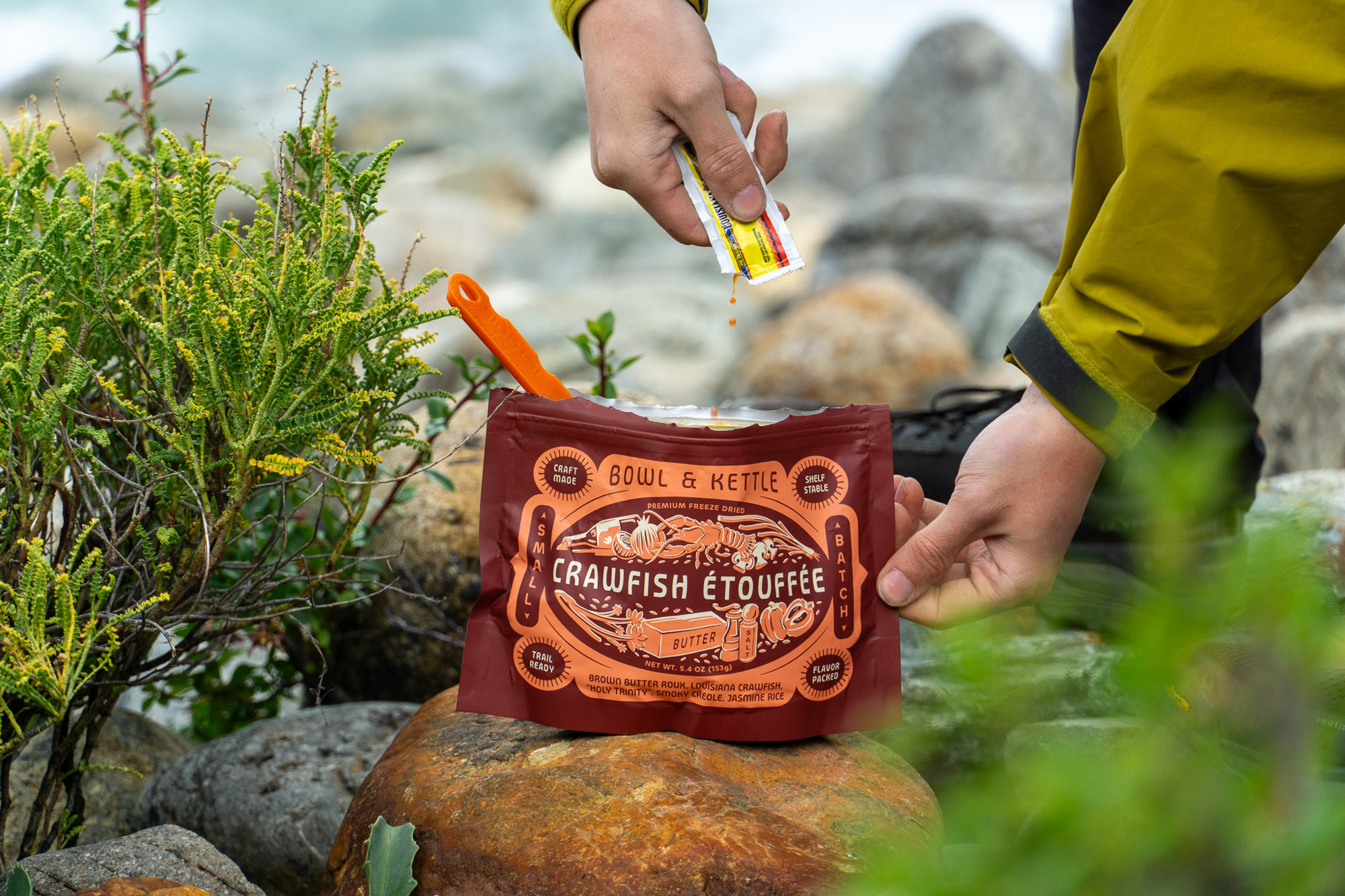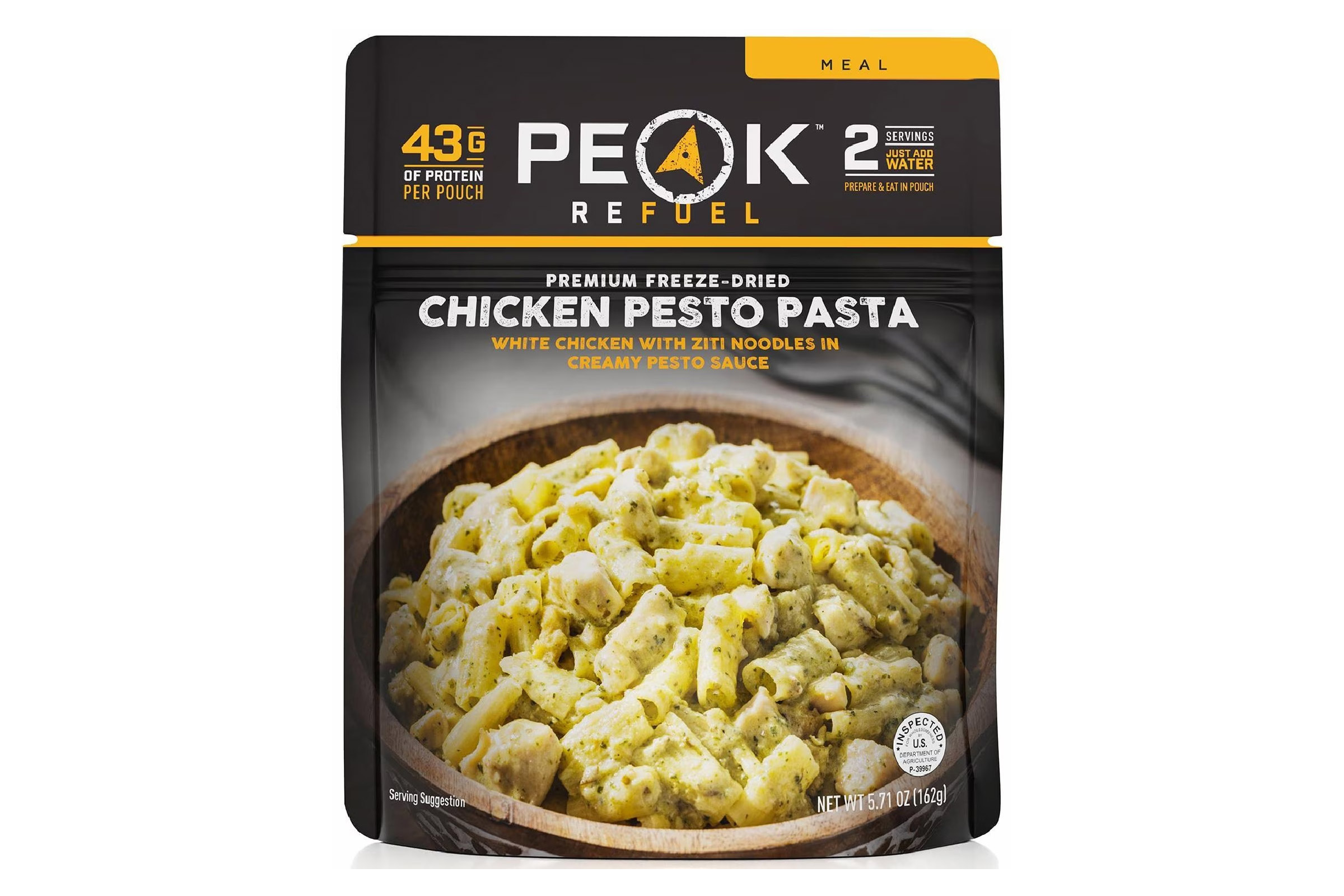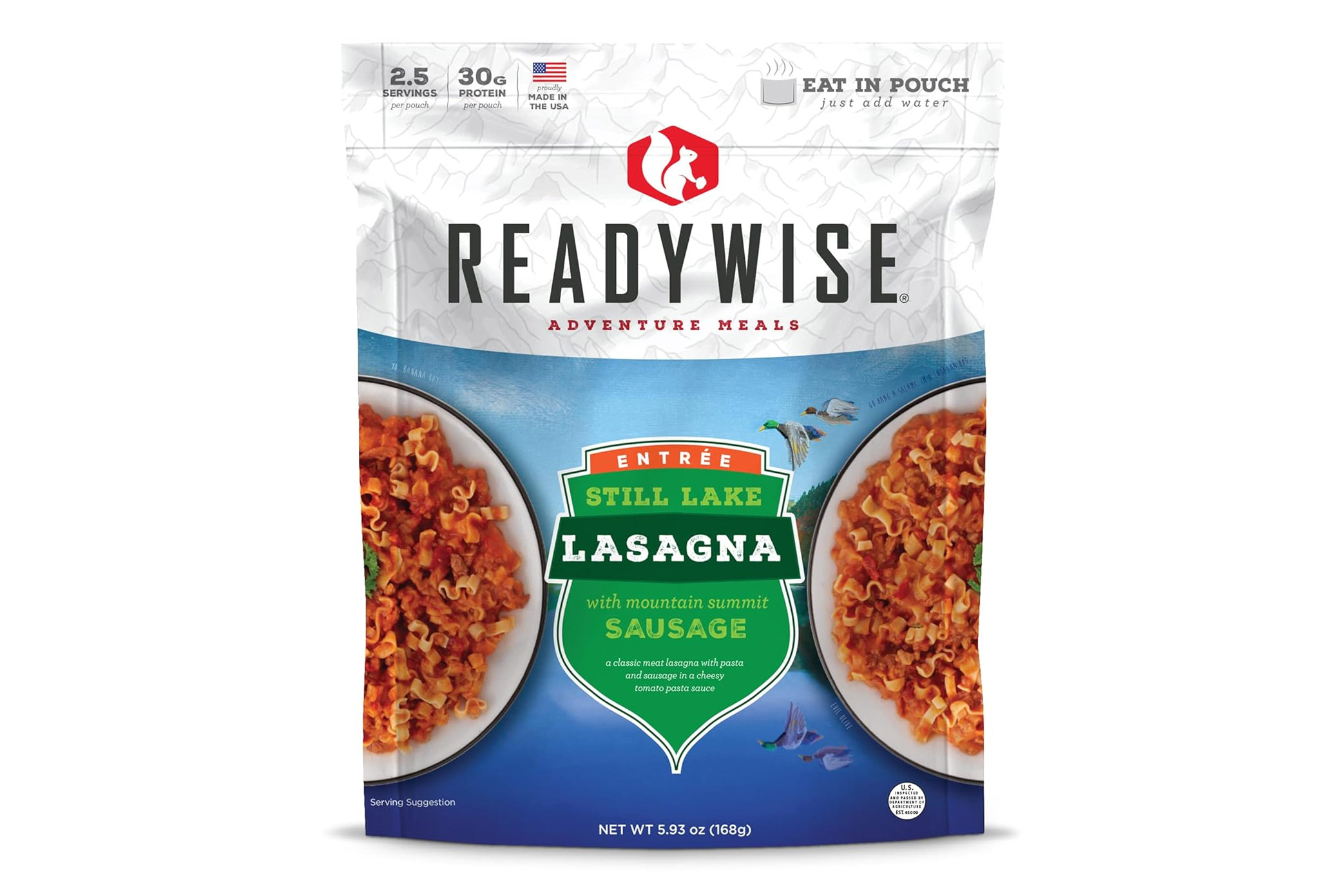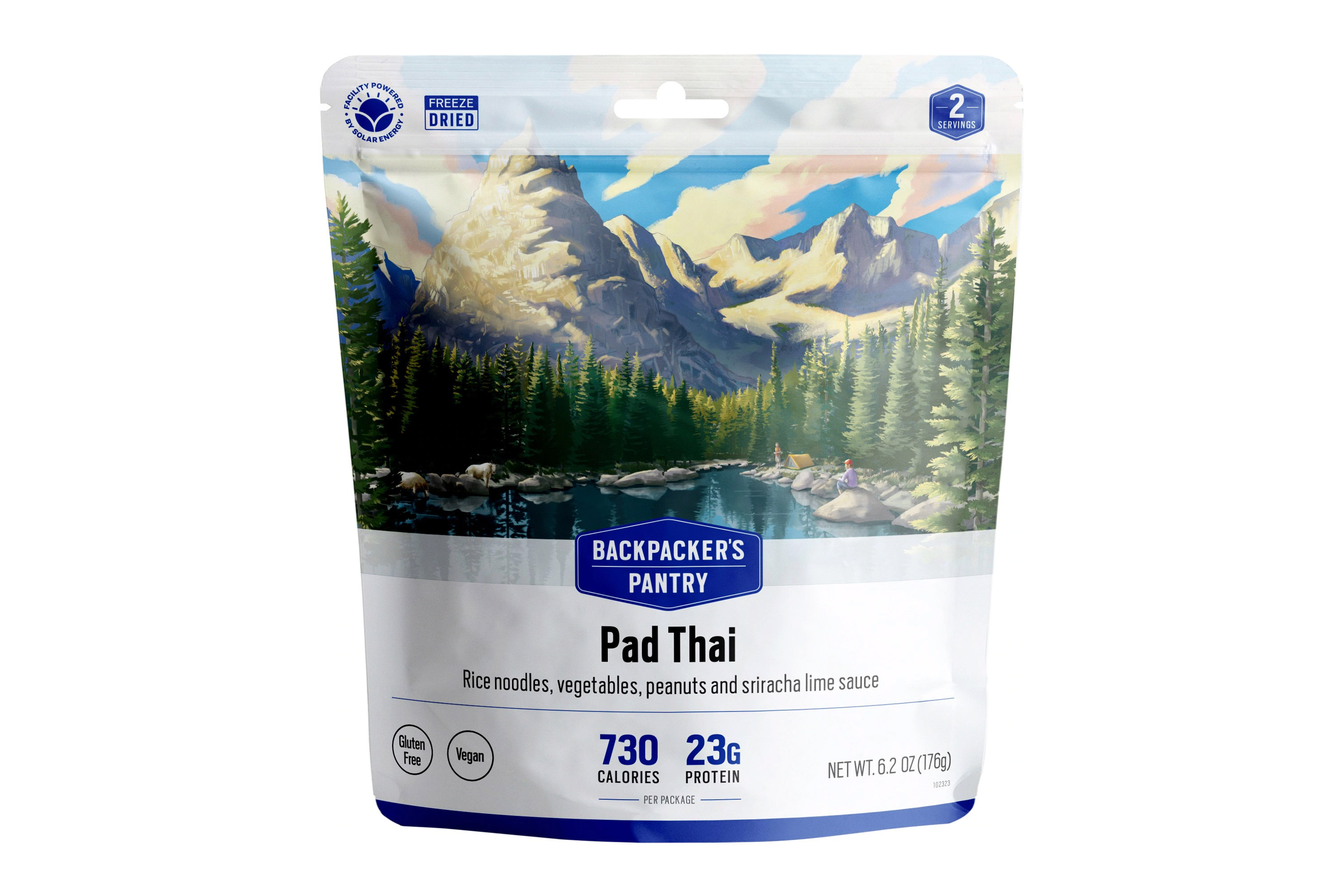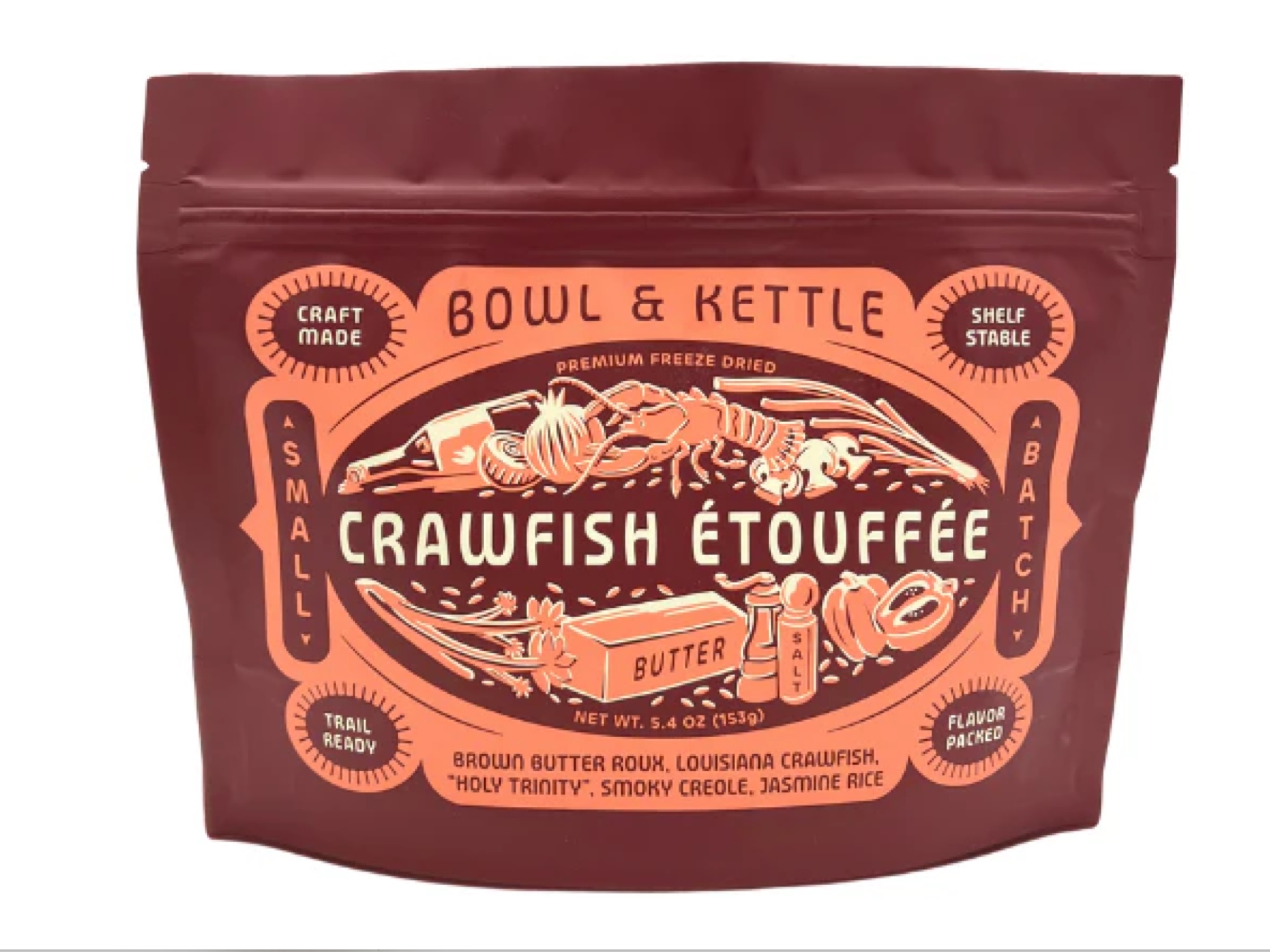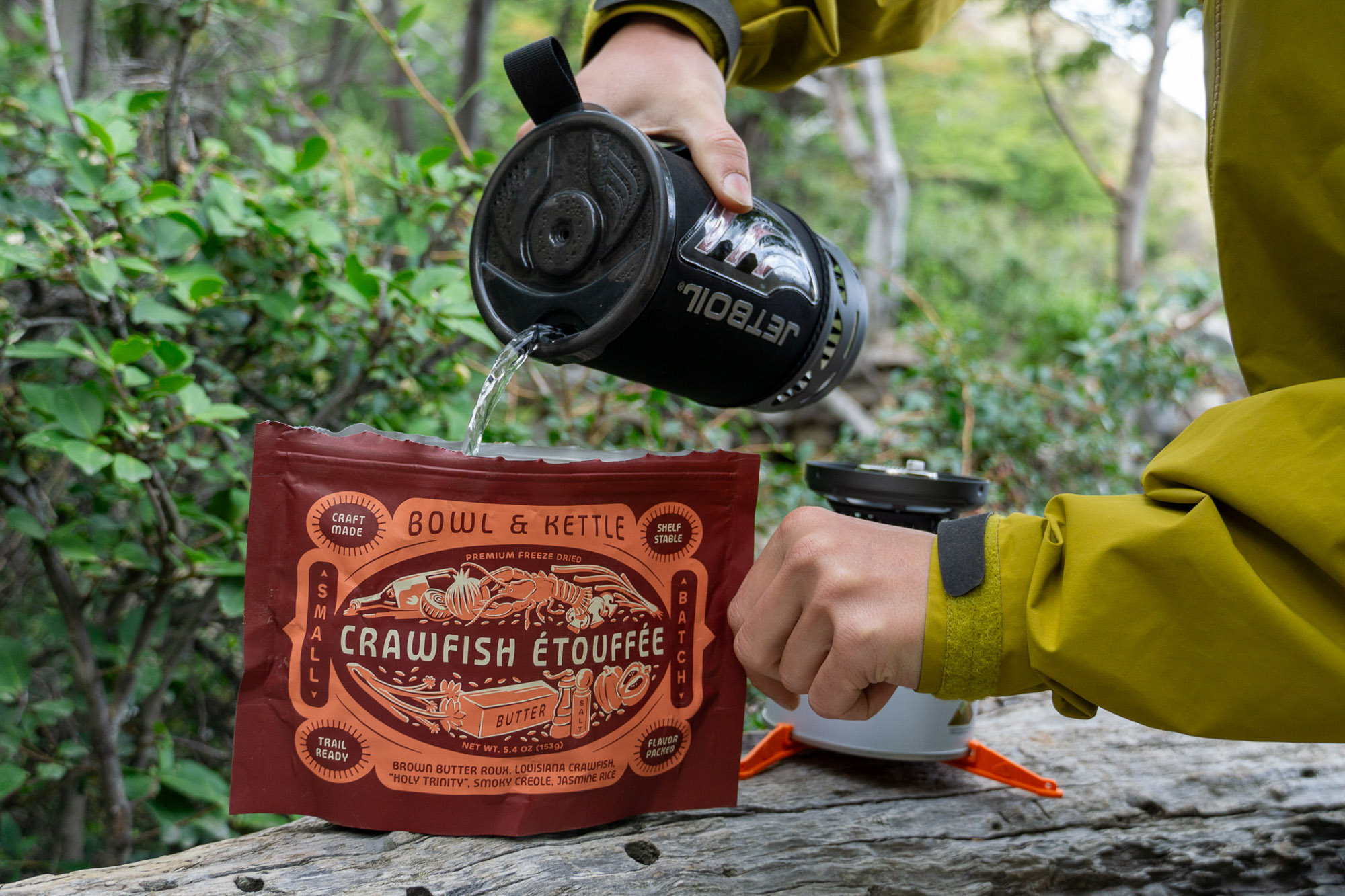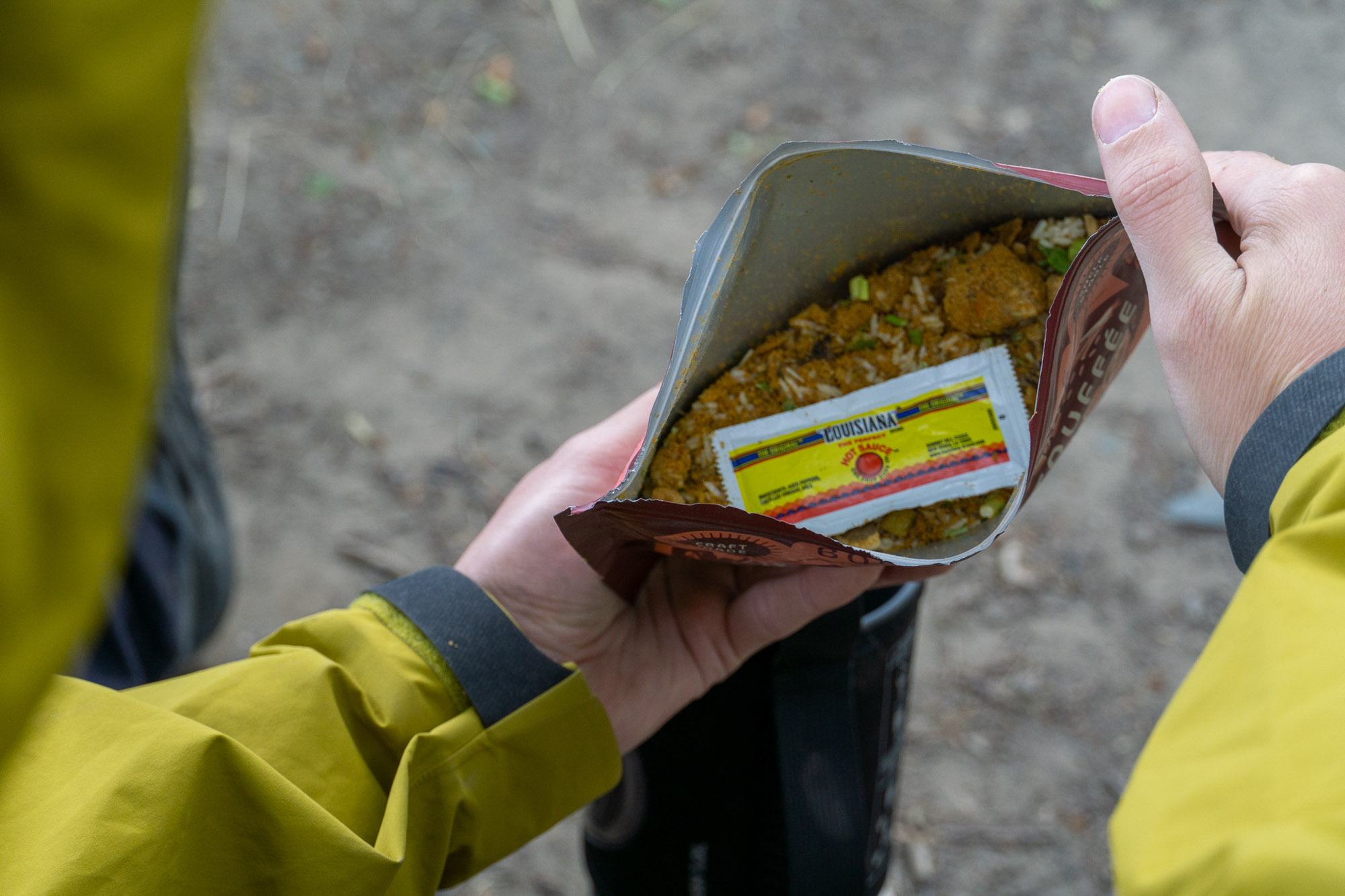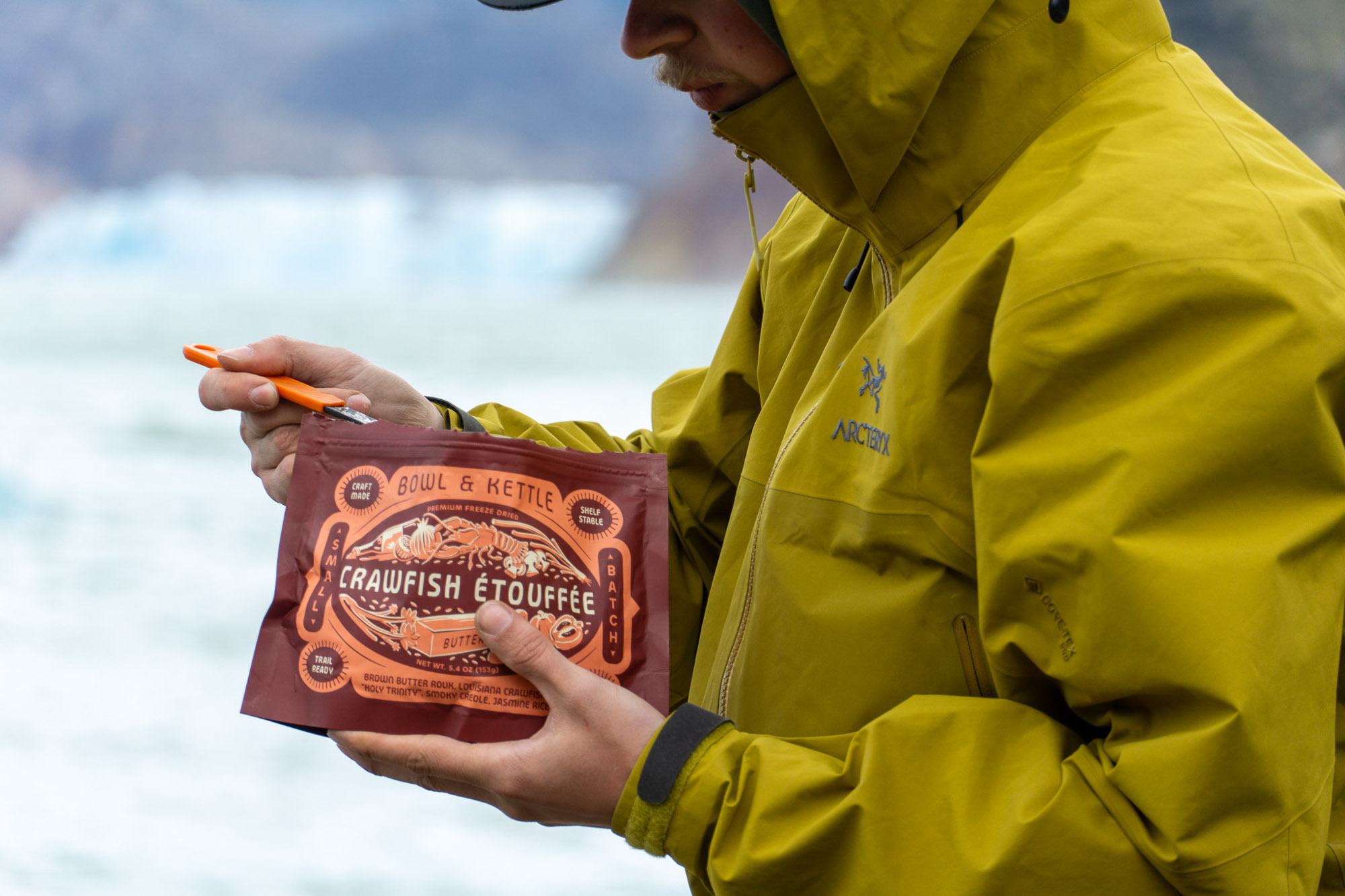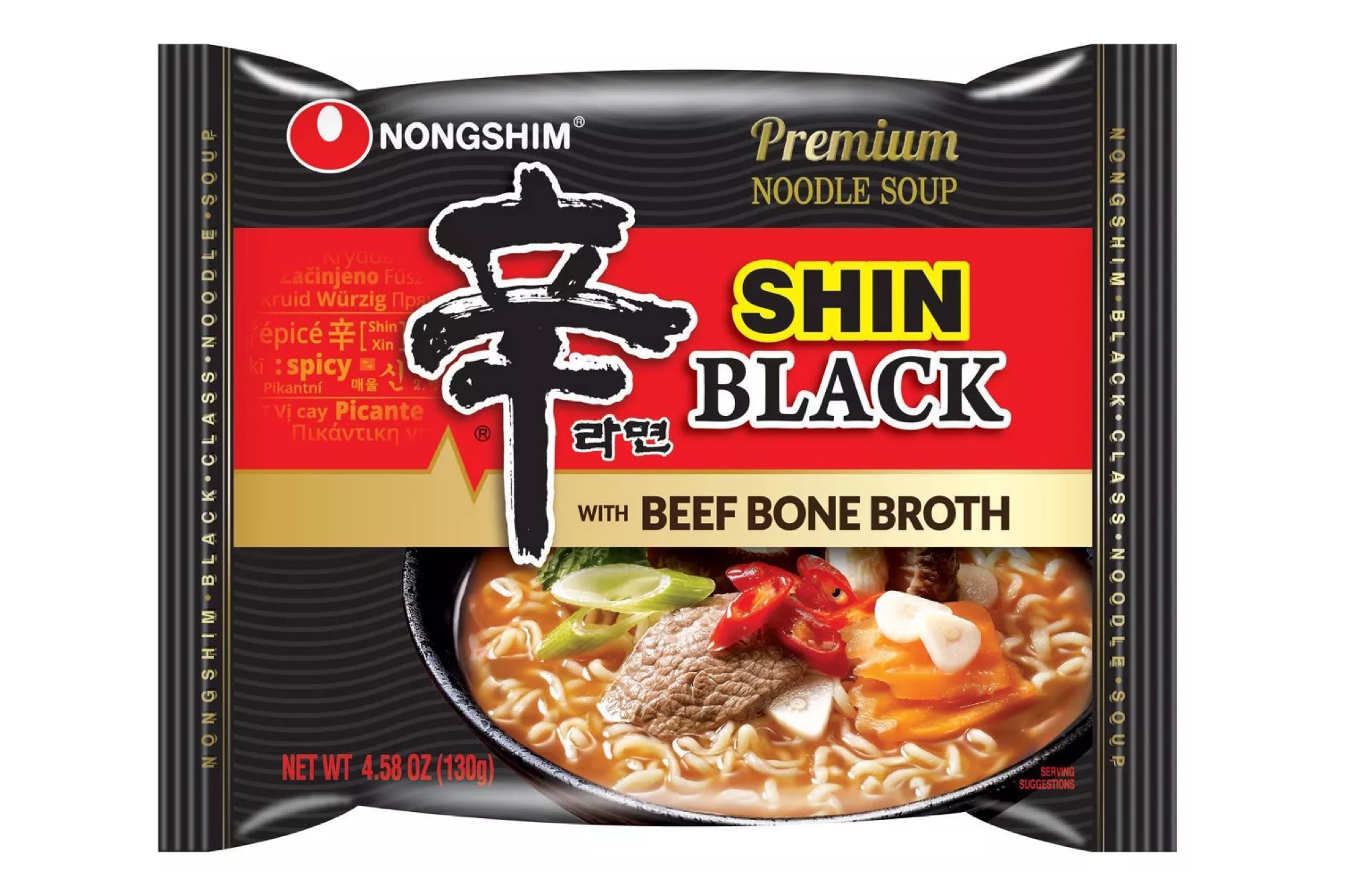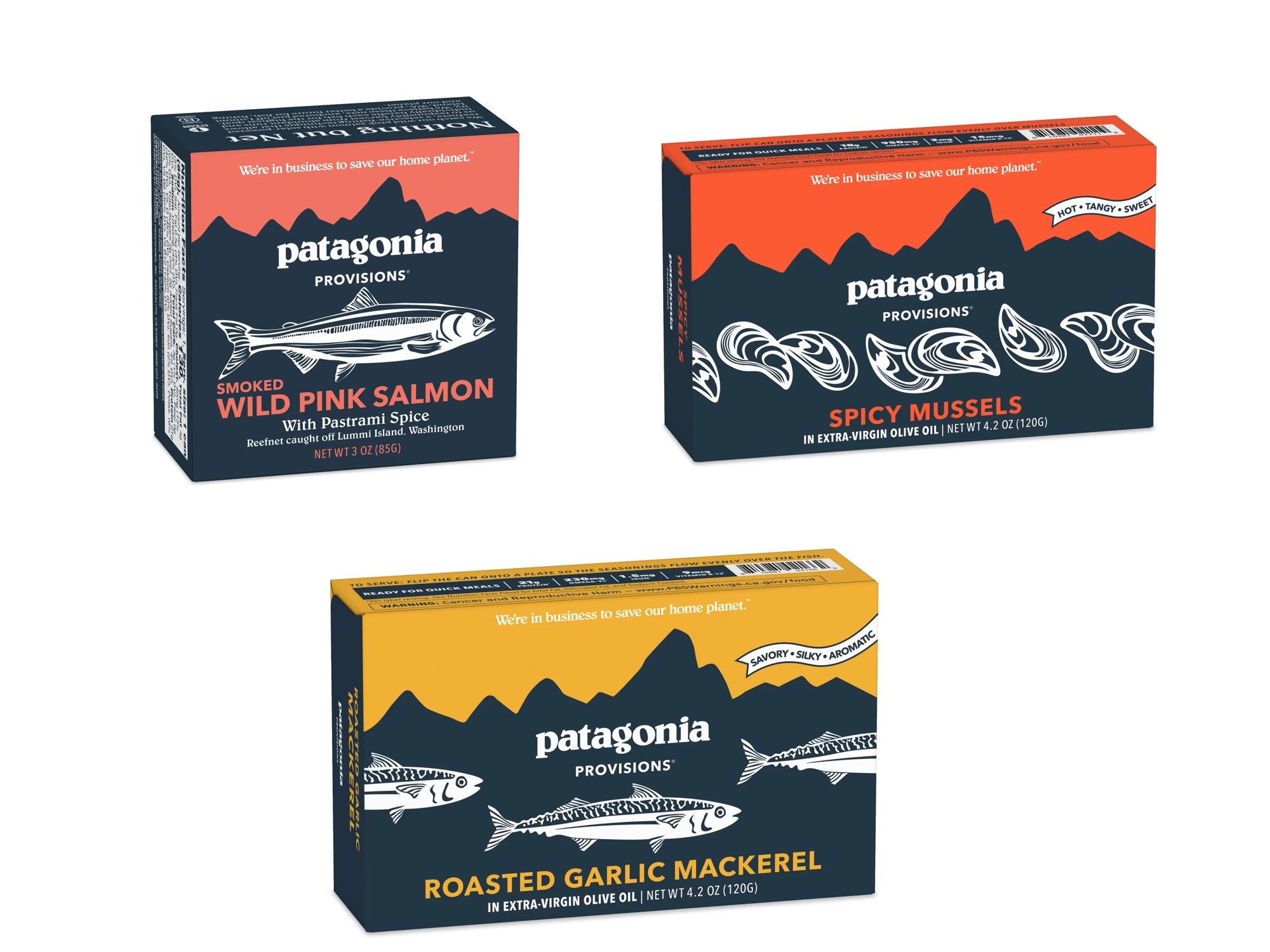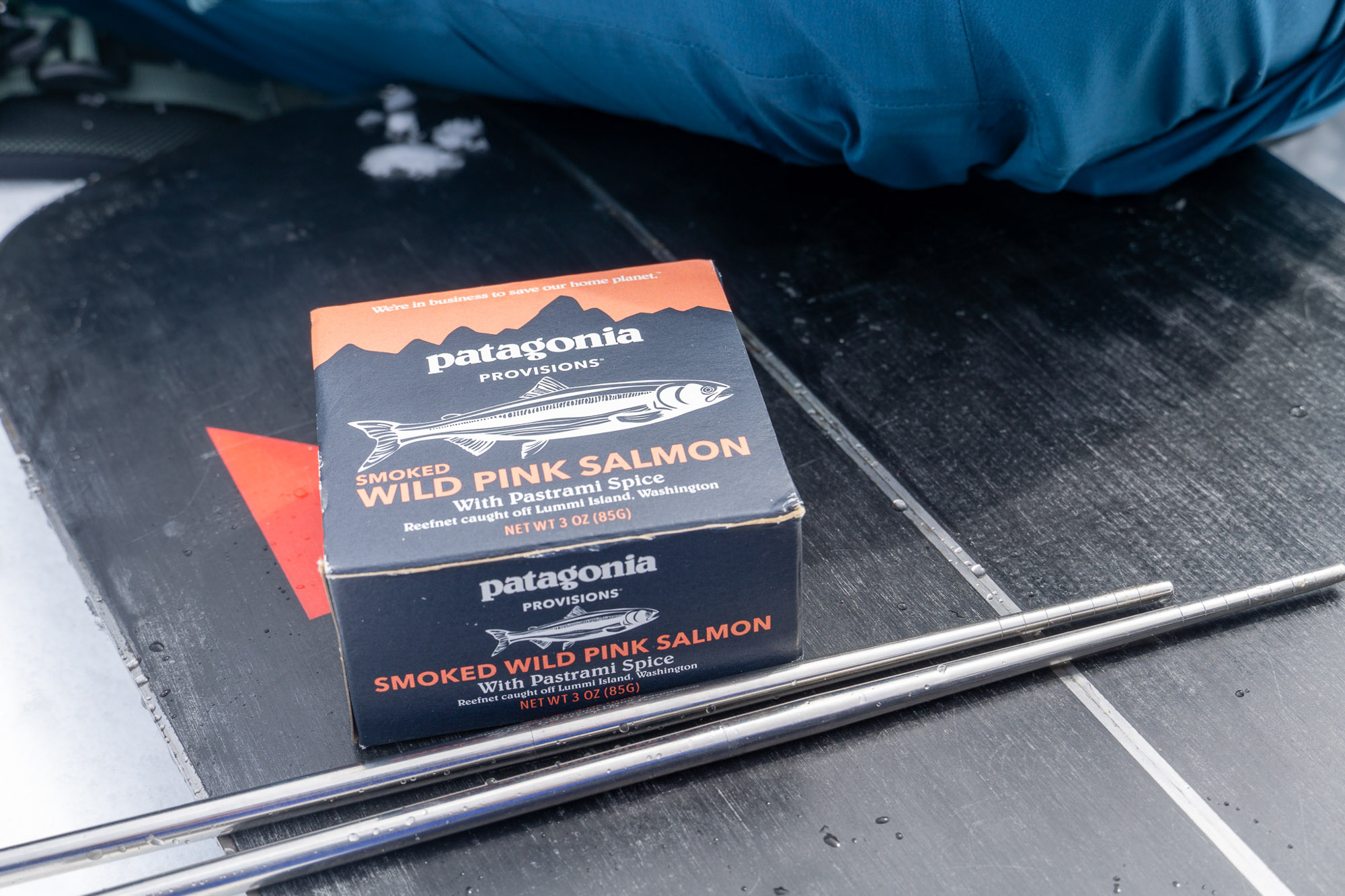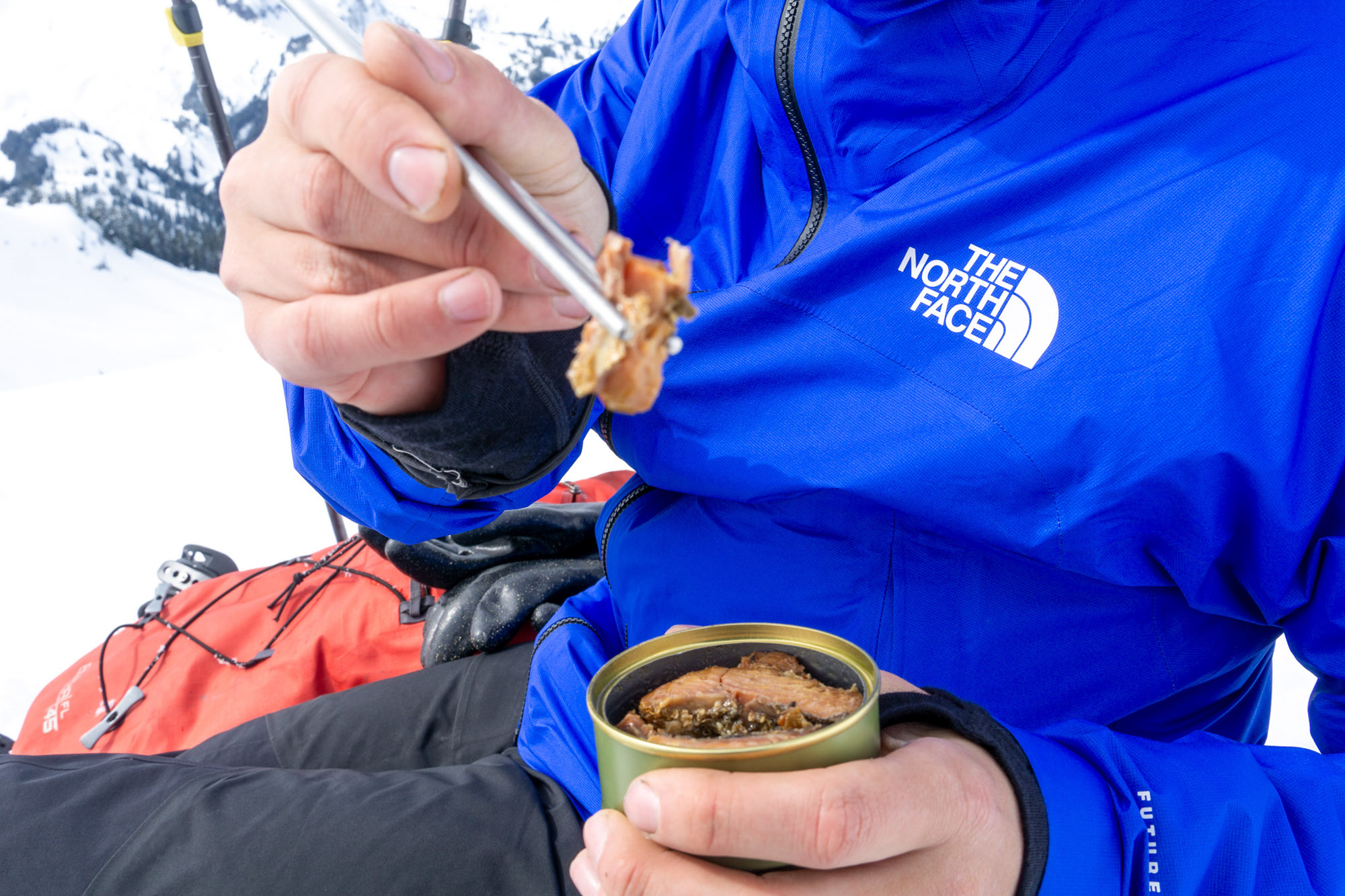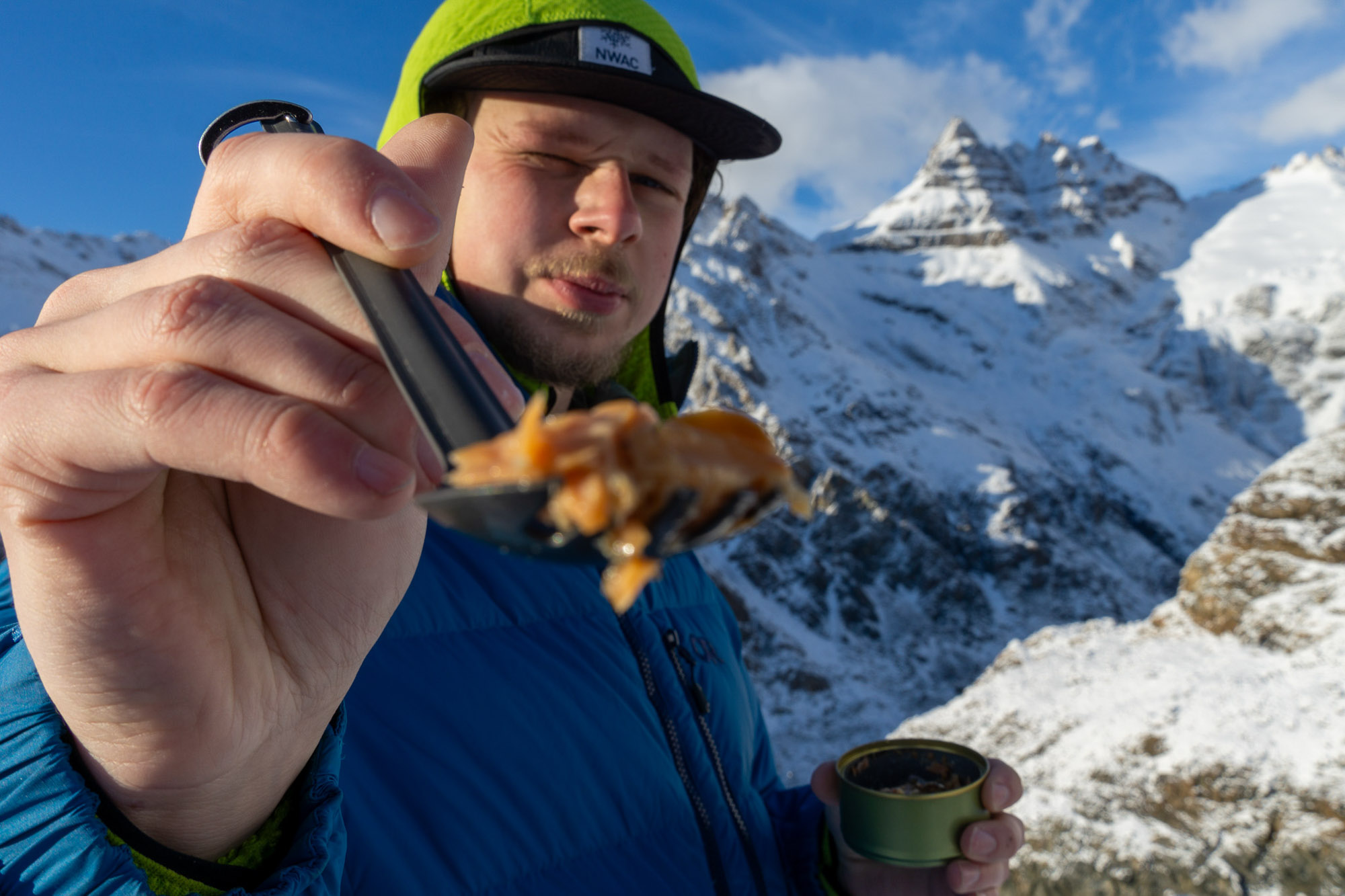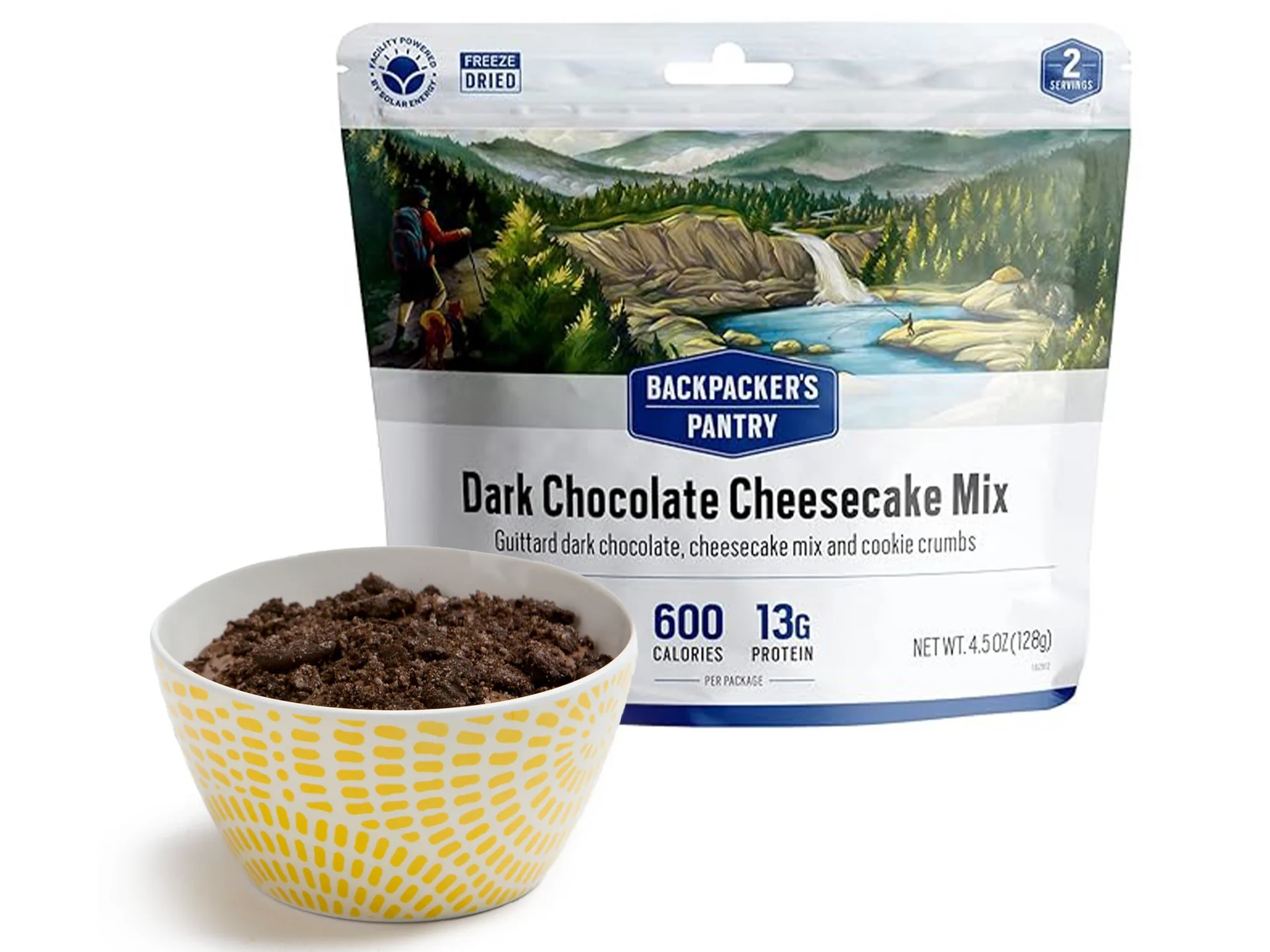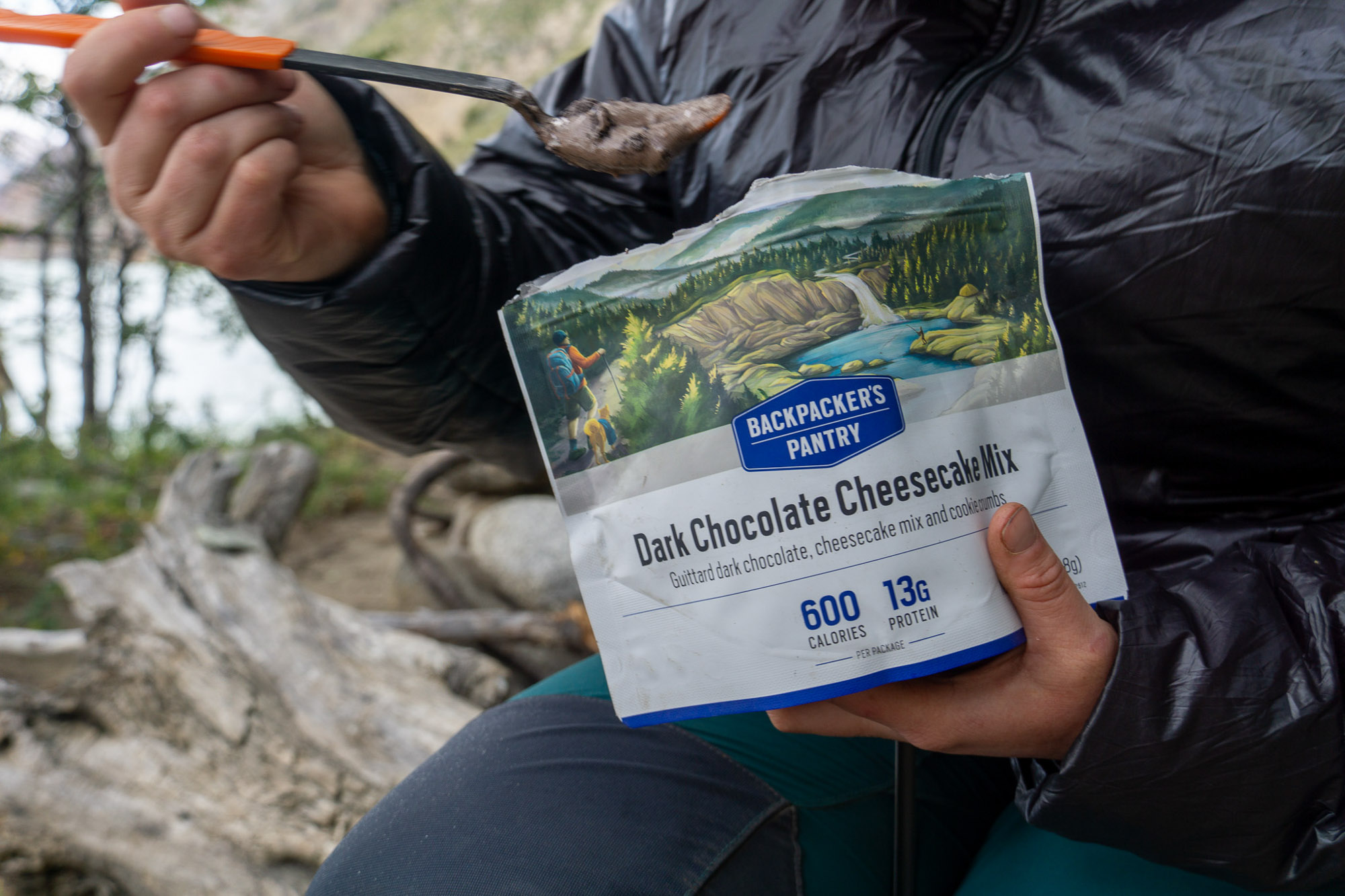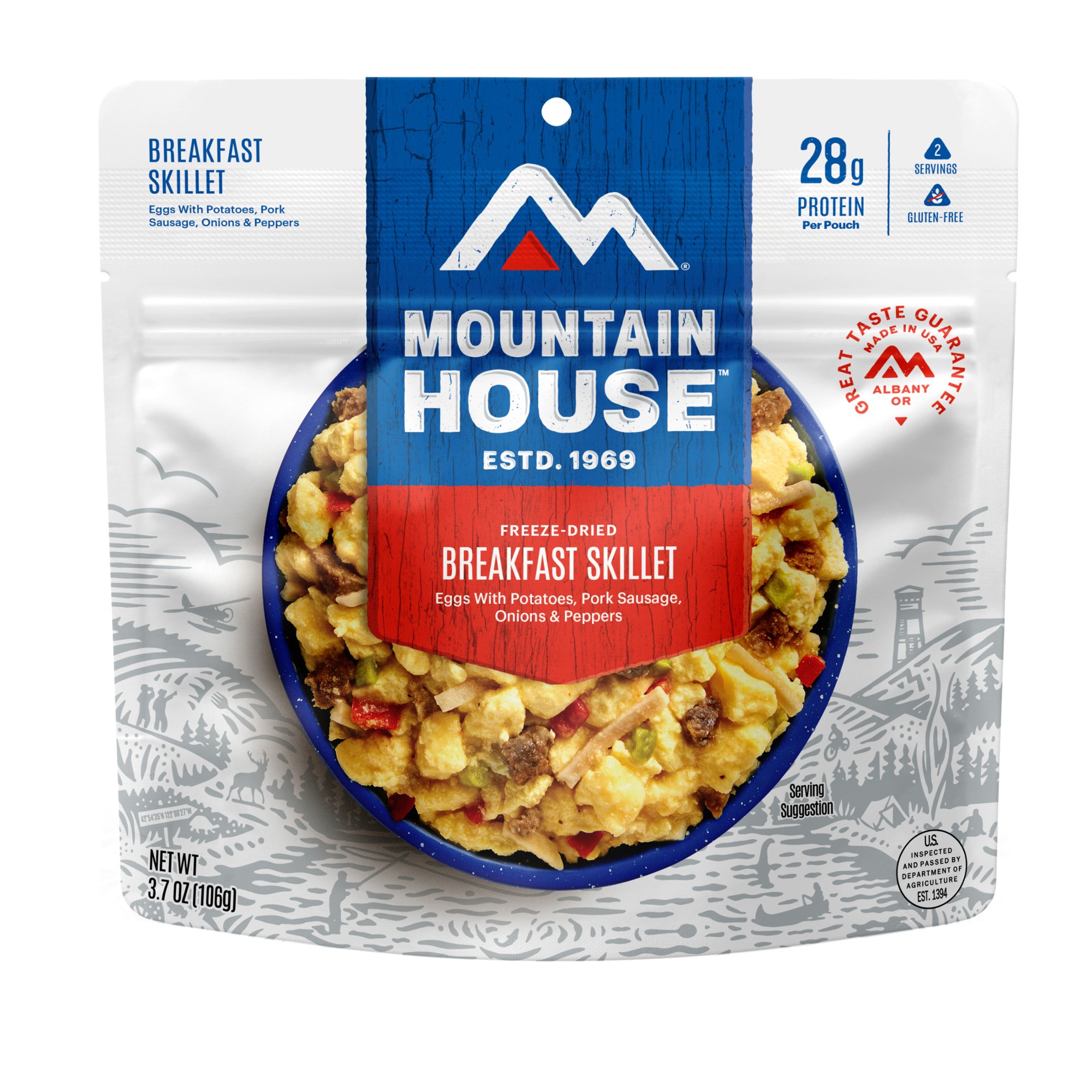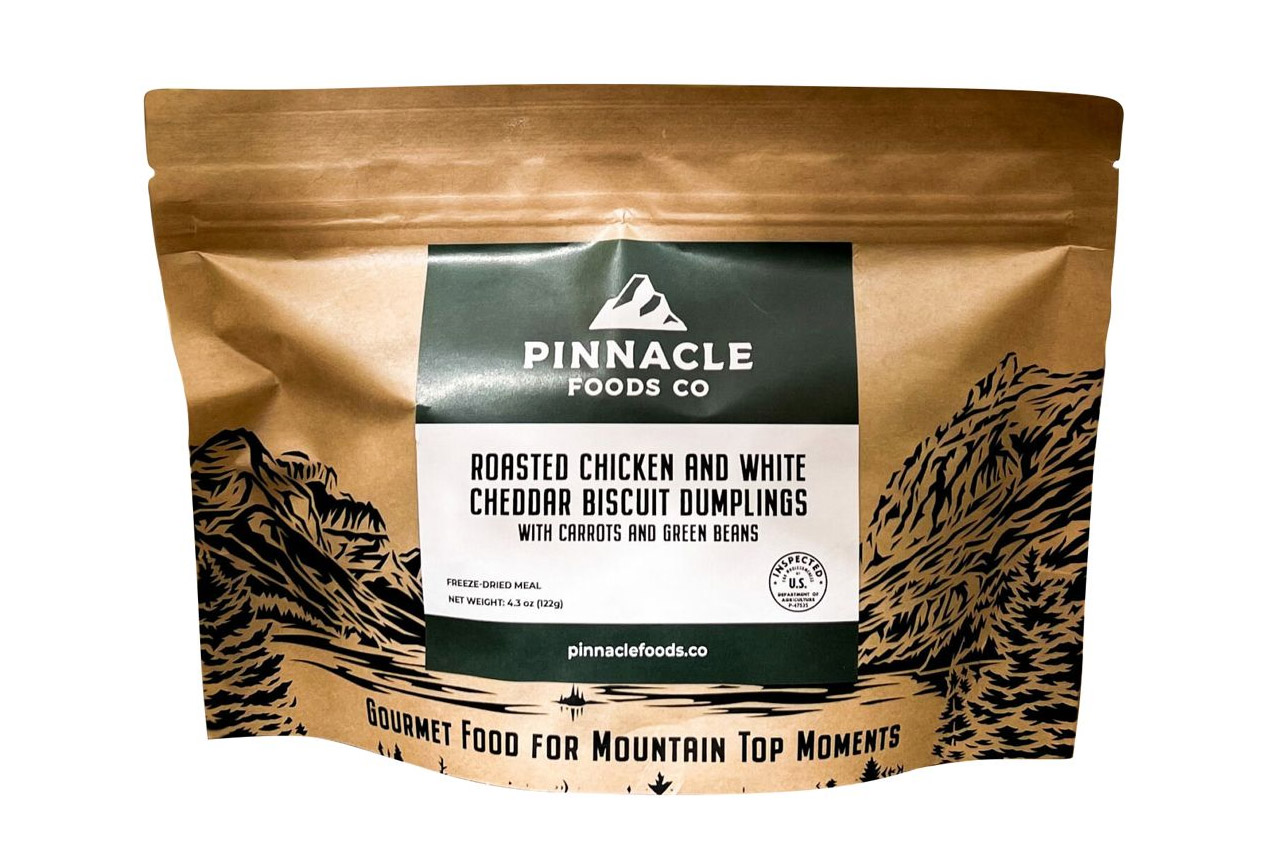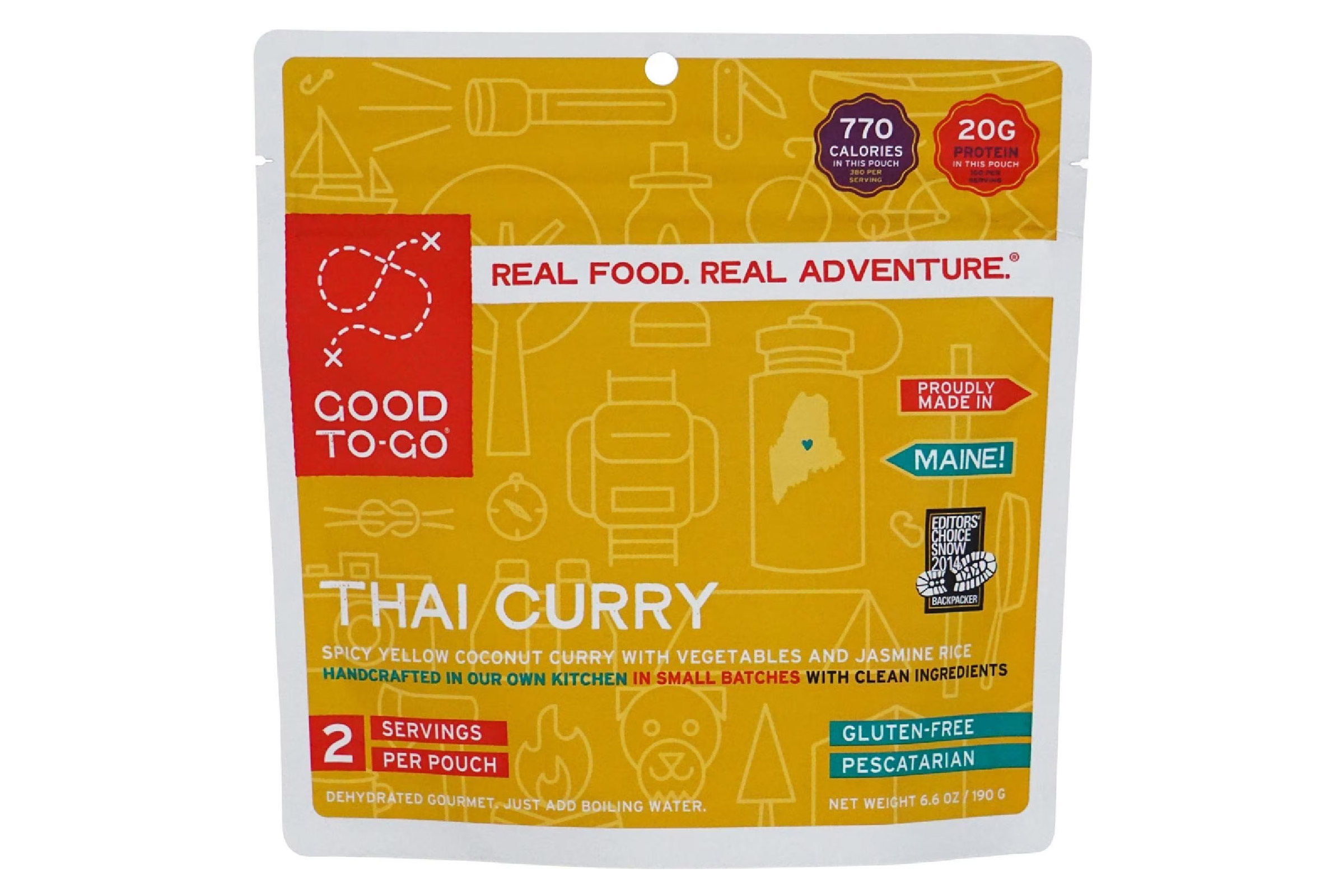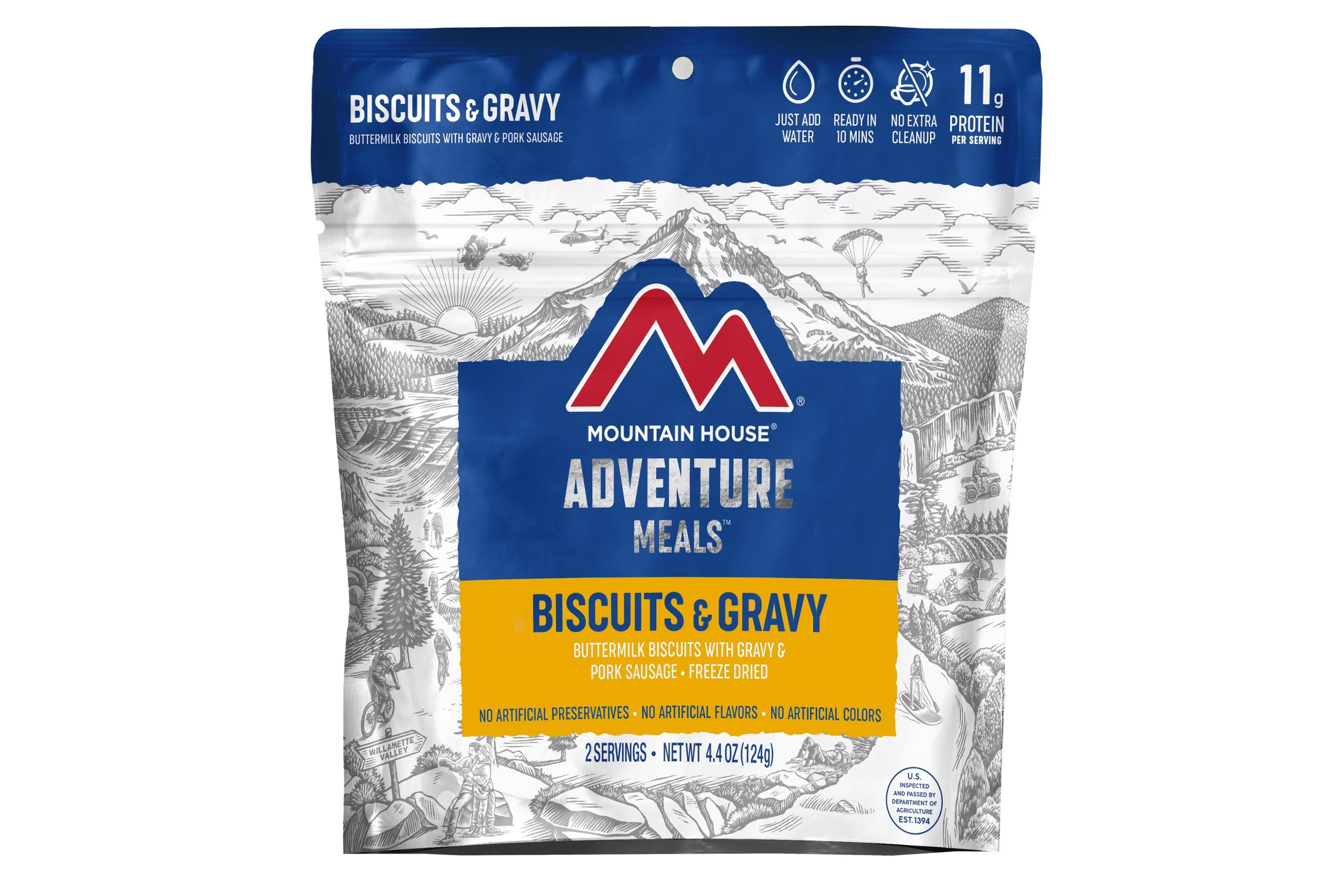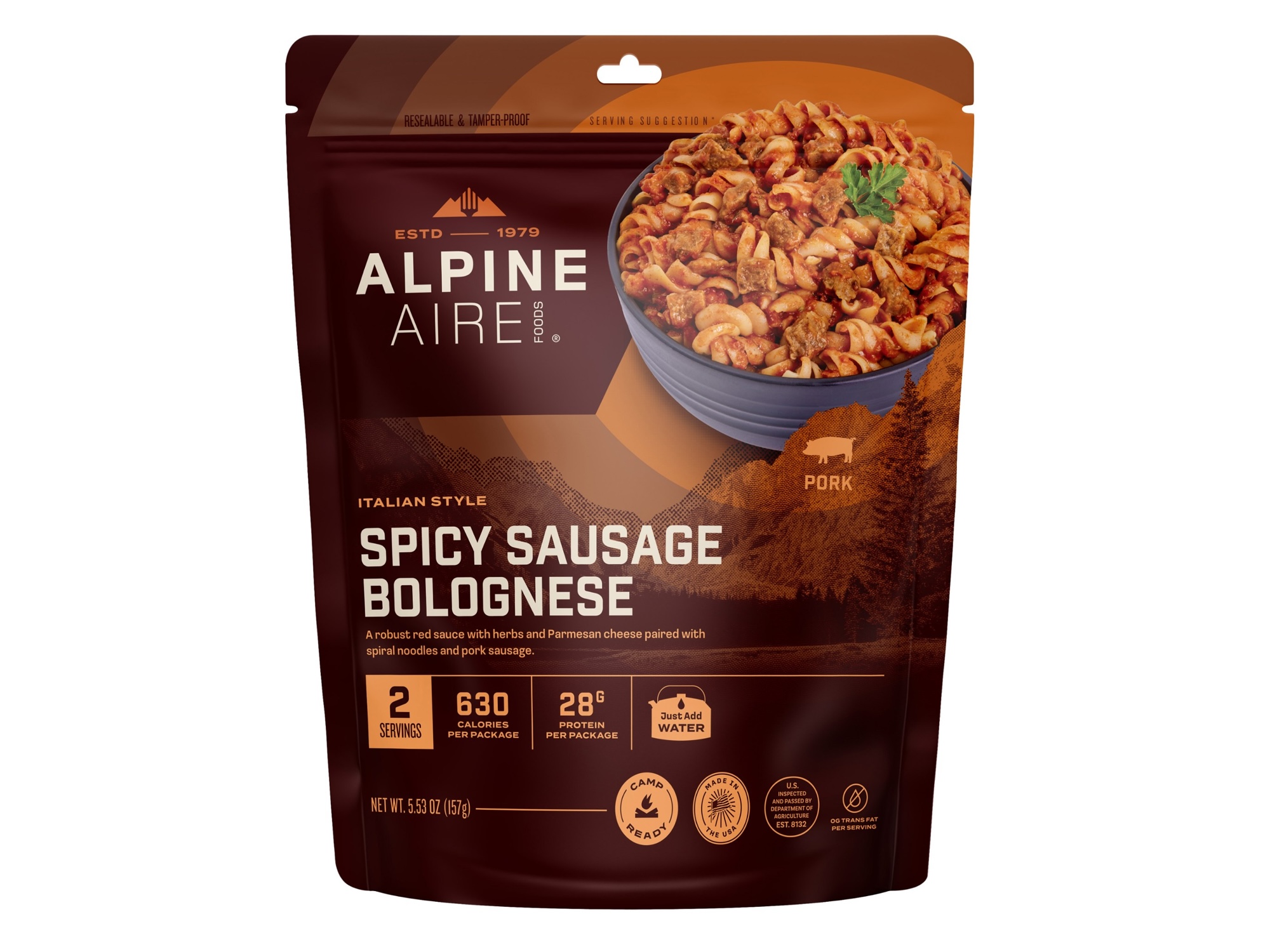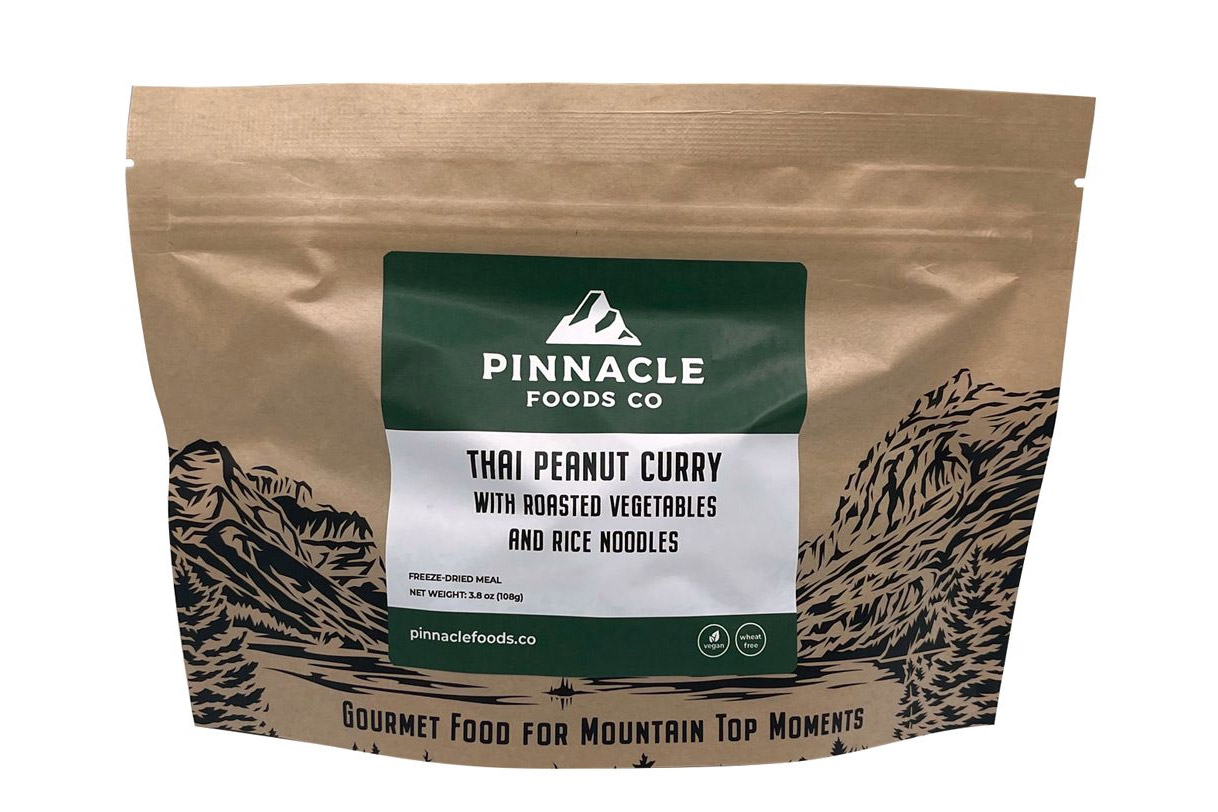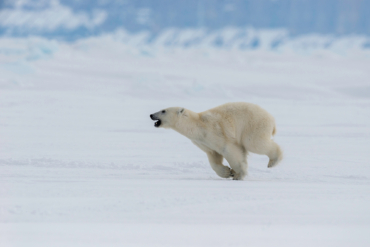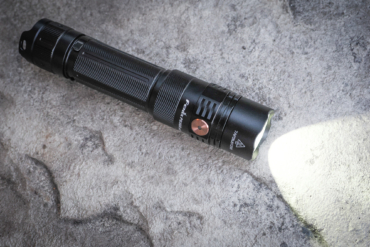Hunger truly is the best spice — but sometimes that trusty ol’ packet of ramen noodles just won’t cut it at the end of a long day on trail. Thankfully, our trail gourmands have scraped the last morsels out of thousands of the best backpacking meals, and after a thorough taste test, have pulled together a shopping list for your next backcountry adventure.
Author Chris Carter has significant experience waiting impatiently for backpacking meals to hydrate in the cold evening hours, an he’s intimately aware of the importance of well-balanced meals on the trail. He’s sampled just about every brand out there in an effort to find that backcountry feast, putting over 15 different meals to the test in the past year alone.
Below, we’ve compiled some fan favorites and based our selection on our own experiences and user reviews. From overwhelming taste-test winners like the Peak Refuel Chicken Pesto to budget-wise options like the Readywise Still Lake Lasagna with Sausage that will keep you out of the hiker box, there’s something here for everyone.
Editor’s Note: We updated our Backpacking Meal guide on June 26, 2025, to add the splurge-worthy Bowl & Kettle Crawfish Étouffée, our new favorite backpacking dessert, the Backpacker’s Pantry Dark Chocolate Cheesecake Mix, and the tinned seafood options from Patagonia Provisions for really getting your protein on the trails.
The Best Backpacking Meals of 2026
Peak Refuel Chicken Pesto
- Servings: Two
- Dietary Info: N/A
- Total Calories: 920
- Dry Weight: 5.71 oz.
- Water Required: 2/3 cup
- Prep Time: 10 min.
Pros
- Astronomical calorie-to-weight ratio
- Loaded with healthy protein (43g!)
- Phenomenal hearty taste
- Speedy prep time
- Minimal water requirements
Cons
- Some difficulty getting all the ingredients to rehydrate
- May ruin your love affairs with other brands
- On the pricey side
Readywise Still Lake Lasagna With Sausage
- Servings: Two and a half
- Dietary Info: N/A
- Total Calories: 710
- Dry Weight: 5.9 oz.
- Water Required: 2 cups
- Prep Time: 12-15 min.
Pros
- Great, filling ingredients
- Impressive calorie-to-weight ratio
- Affordable compared to similar calorie-rich meals
Cons
- Requires a good deal of water
- A bit difficult to get all ingredients to rehydrate
Backpacker’s Pantry Pad Thai
- Servings: Two
- Dietary Info: N/A
- Total Calories: 730
- Dry Weight: 6.2 oz.
- Water Required: 2 cups
- Prep Time: 15-17 min.
Pros
- One of our favorite flavors for backpacking meals
- Feels like you are actually following a recipe and cooking
- Bursting with flavor
- On the affordable side
Cons
- Not the best calorie-to-weight ratio
- Requires a lot of water
- Longer rehydration time
Bowl & Kettle Crawfish Étouffée
- Servings: One
- Dietary Info: Contains shellfish, wheat, milk
- Total Calories: 630
- Dry Weight: 6.4 oz.
- Water Required: 2 cups
- Prep Time: 11-13 min.
Pros
- Small batch-made and delicious
- Brown butter roux is thick and filling
- Added Louisiana Hot sauce packet means you can dial in heat level
- Simple ingredients list
Cons
- A bit pricey
- Can be tough to find
- Only single serving
NongShim Shin Black Noodle Soup
- Servings: Two
- Dietary Info: N/A
- Total Calories: 560
- Dry Weight: 4.6 oz.
- Water Required: 2.3 cups
- Prep Time: 4-5 min.
Pros
- Intensely flavorful ramen with bone broth packet
- Great base for making your own ramen-based meals
- Nice textured noodles that rehydrate well
- Good caloric density
Cons
- More expensive than other ramen noodles
- May be a bit spicy for some
Patagonia Provisions Tinned Seafood
- Servings: One
- Dietary Info: Contains shellfish
- Total Calories: N/A
- Dry Weight: 3 oz.
- Water Required: N/A
- Prep Time: N/A
Pros
- Excellent source of shelf-stable protein
- Wide range of choices and flavors
- Sustainably harvested from low on the food chain
- Perfect for adding to a meal
Cons
- Can be a bit heavy for long backpacking trips
- Need to pack out tins
Backpacker’s Pantry Dark Chocolate Cheesecake Mix
- Servings: Two
- Dietary Info: Vegetarian
- Total Calories: 600
- Dry Weight: 4.5 oz.
- Water Required: 5.5 oz.
- Prep Time: 10 min.
Pros
- Luxuriously thick chocolate pudding
- Cookie crumble is A+
- Excellent when chilly after a hot hike
- Pretty quick prep time
Cons
- There isn't more of it in the bag, and sharing is tough with a dessert this good
Other Backcountry Meals to Fill Your Belly With
- Servings: Two
- Dietary Info: Gluten free, dairy free
- Total Calories: 520
- Dry Weight: 3.9 oz.
- Water Required: 1.25 cups
- Prep Time: 9 min.
Pros
- Solid calorie-to-weight ratio
- Great taste
- Lots of energy to start the day
- Dairy free means you can add your own cheese or not
Cons
- More water required than other breakfasts
- Not everyone will be a fan of the rehydrated eggs
- Servings: One
- Dietary Info: N/A
- Total Calories: 710
- Dry Weight: 4.3 oz.
- Water Required: 1.25 cups
- Prep Time: 10-12 min.
Pros
- Incredible calorie-to-weight ratio
- Great, filling taste
- Very flavorful
- Sustainable packaging
Cons
- Takes a bit longer to hydrate than others, and some ingredients struggle to fully hydrate
- Expensive
- Servings: One
- Dietary Info: Gluten free, dairy free
- Total Calories: 380
- Dry Weight: 3.4 oz.
- Water Required: 1.25 cups
- Prep Time: 20 min.
Pros
- Phenomenal taste
- Passable calorie-to-weight ratio
- Made in the U.S.
- Dried Thai chillies adds a little kick
Cons
- Long 20 minute prep time
- Requires a good deal of water
- Might be a bit too spicy for some
- Servings: Two
- Dietary Info: N/A
- Total Calories: 560
- Dry Weight: 4.4 oz.
- Water Required: 1.5 cups
- Prep Time: 9 min.
Pros
- Hearty, filling meal
- Great taste in the morning
- Respectable calorie-to-weight ratio
- Buttermilk biscuits are top notch
Cons
- Not great for folks with dietary restrictions
- Doesn't look that appetizing
- Needs a bit of salt and pepper (or hot sauce)
- Servings: Two
- Dietary Info: N/A
- Total Calories: 630
- Dry Weight: 5 oz.
- Water Required: 1.75 cups
- Prep Time: 10-12 min.
Pros
- Super flavorful
- Hearty and filling
- Spiral pasta rehydrates well
Cons
- Takes longer than others to hydrate
- Won't be for those with dietary restrictions
- Servings: One
- Dietary Info: GF, V
- Total Calories: 800
- Dry Weight: 3.8 oz.
- Water Required: 1.25 cups
- Prep Time: 10-15 min.
Pros
- Super flavorful
- Rehydrated well
- Cooks relatively fast
- Fantastic calorie-to-weight ratio
Cons
- A bit difficult to stir and eat everything out of omnidegradable package option
- Pricey
Backpacking Meals Comparison Chart
| Backpacking Meal | Price | Servings | Total Calories | Water Required | Prep Time |
|---|---|---|---|---|---|
| Peak Refuel Chicken Pesto | $13 | 2 | 920 | 2/3 cup | 10 min. |
| Readywise Still Lake Lasagna with Sausage | $8 | 2.5 | 710 | 2 cups | 12-15 min. |
| Backpacker’s Pantry Pad Thai | $10 | 2 | 730 | 2 cups | 15-17 min. |
| Bowl & Kettle Crawfish Étouffée | $16 | 1 | 630 | 2 cups | 11-13 min. |
| NongShim Shin Black Noodle Soup | $4 | 2 | 560 | 2.3 cups | 4-5 min. |
| Patagonia Provisions Tinned Seafood | $8 | 1 | N/A | N/A | N/A |
| Backpacker’s Pantry Dark Chocolate Cheesecake Mix | $8 | 2 | 600 | 2/3 cup | 10 min. |
| Mountain House Breakfast Skillet | $12 | 2 | 520 | 1.25 cups | 9 min. |
| Pinnacle Foods Chicken and Dumplings | $17 | 1 | 710 | 1.25 cups | 10-12 min. |
| Good To-Go Thai Curry | $11 | 1 | 380 | 1.25 cups | 20 min. |
| Mountain House Biscuits and Gravy | $10 | 2 | 560 | 1.5 cups | 9 min. |
| AlpineAire Spicy Sausage Bolognese | $12 | 2 | 630 | 1.75 cups | 10-12 min. |
| Pinnacle Foods Thai Peanut Curry | $16 | 1 | 800 | 1.25 cups | 10-15 min. |
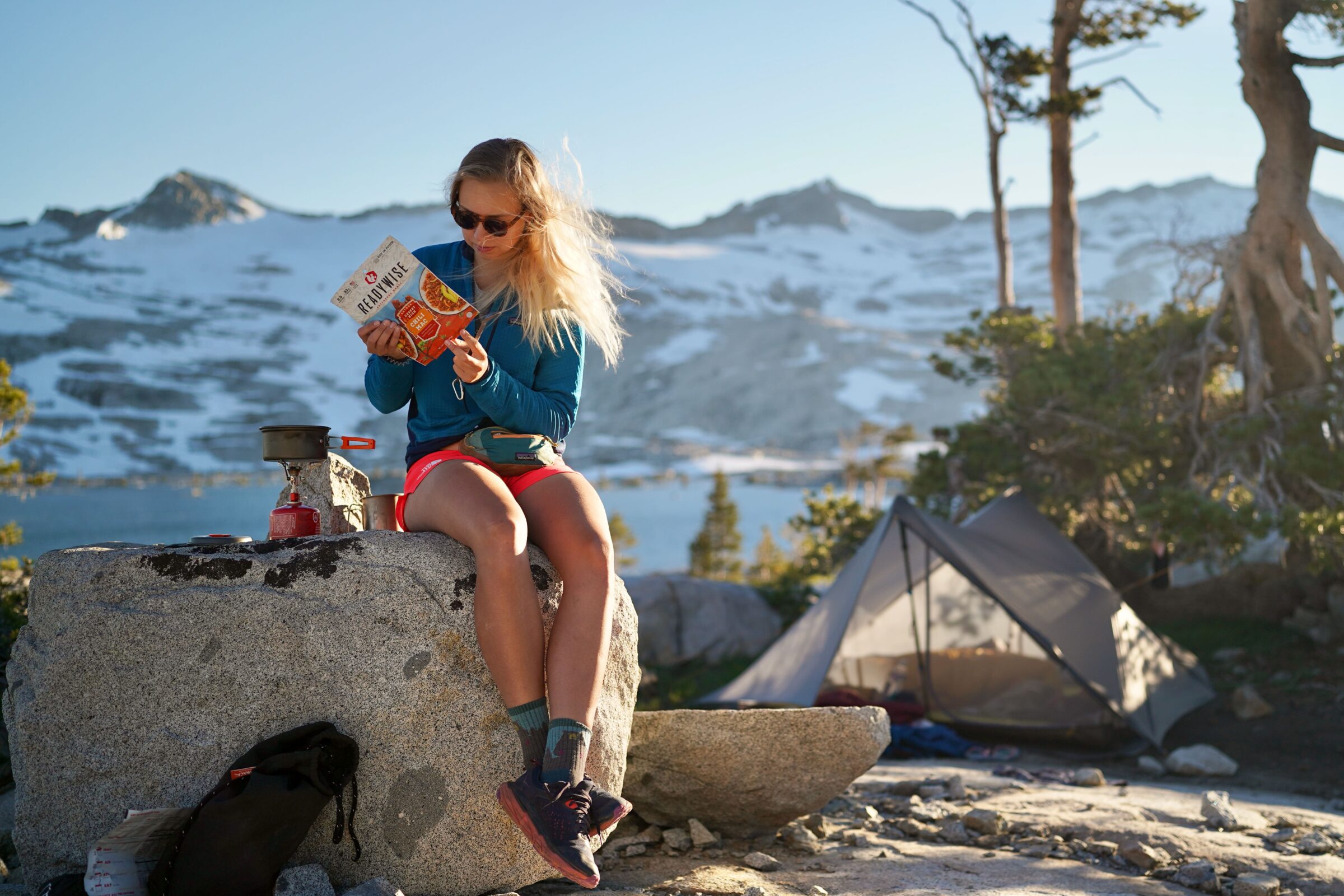
How We Tested the Best Backpacking Meals
Our Expert Testers
The GearJunkie team is composed of a multitude of backcountry chefs who have been whipping up meals in the wilderness for about as long as they can remember. They know the importance of a hearty, tasty meal for boosting morale at the end of the day and sustained energy on the open trail.
For this guide, we racked our brains, trying to remember our favorite meals we’ve sampled over our years of adventuring. We also scoured the interweb, bugged the pros, and tried a plethora of new concoctions to narrow in on the best backpacking meals currently on the market.
Author and Senior Editor Chris Carter has burned more backpacking meals in the woods than he’d like to admit, but in his years of culinary calamities, he’s stumbled upon some pretty spectacular flavors and brands. Chris is an alumnus of each of the Triple Crown Trails in the U.S., the PCT, CDT, and AT, and has cooked his fair share of gnarly hiking meals. Beyond the fabled ramen bombs that sustained him many a night on trail, Chris has sampled most backpacking meal brands, and won’t just bring any ol’ freeze-dried option on his adventures.
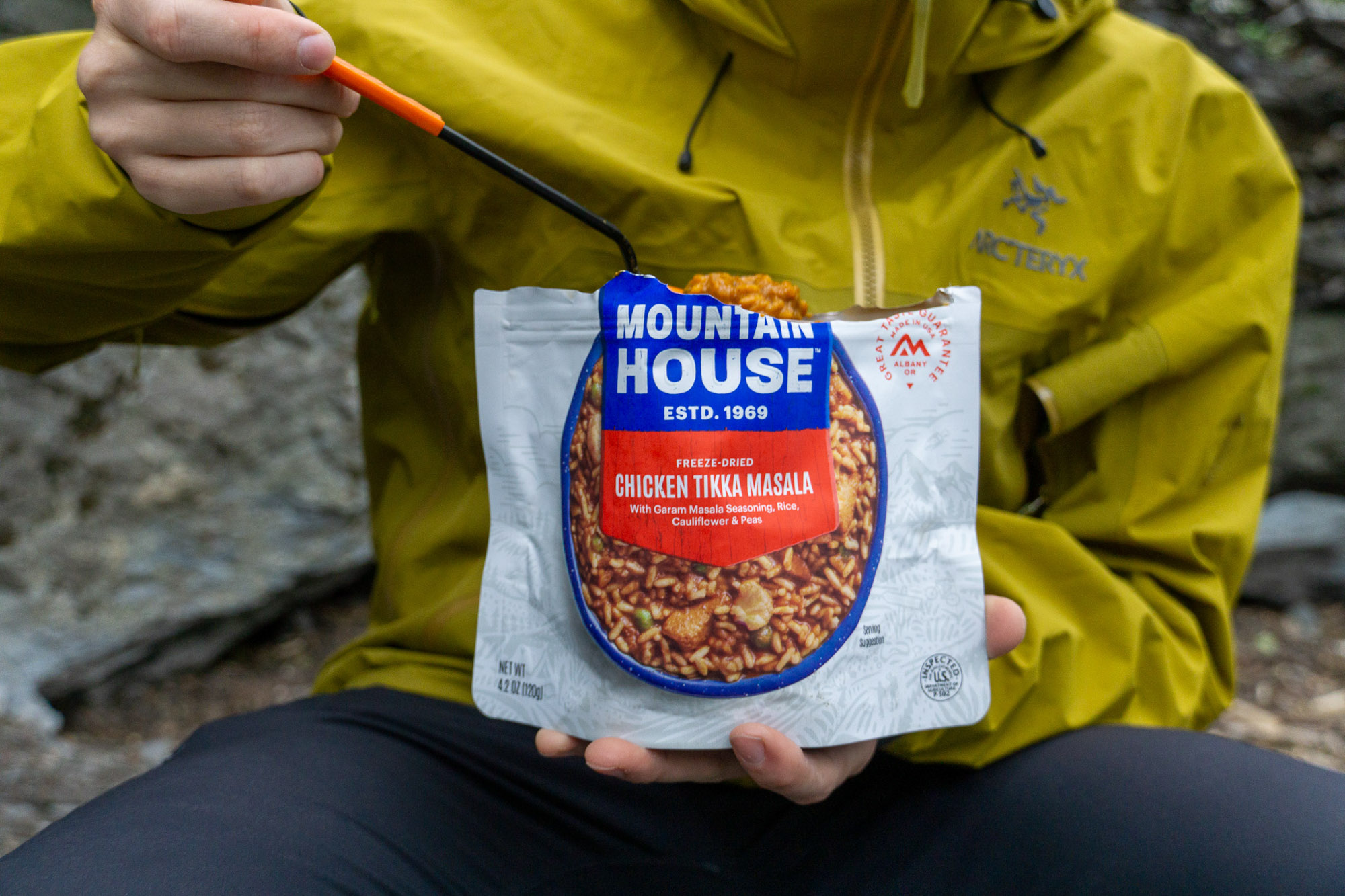
Our Testing Process and Testing Grounds
Every meal on this list was vetted by our stone-cold pros and had to prove itself on real-world tests in the mountains. Meals had to offer acceptable calorie-to-weight ratios and provide sustainable energy for the long haul. Rest assured — we would depend on any one of these meals for nourishment on our treks.
During our testing, we followed rehydration instructions to the letter and made sure that every one received hot water of the same temperature to even the playing field as much as possible. Then we dug in, compiling notes on flavor, texture, and — though tough to quantify — how full we felt after eating.
Finally, to ensure that our testing was as fair as possible, we invited our trail friends over for a blind taste test, where meals were doled out without packaging or labels and rated on the same metrics. From all of this, we formulated our taste test winners.
Buyer’s Guide: How to Choose the Best Backpacking Meals
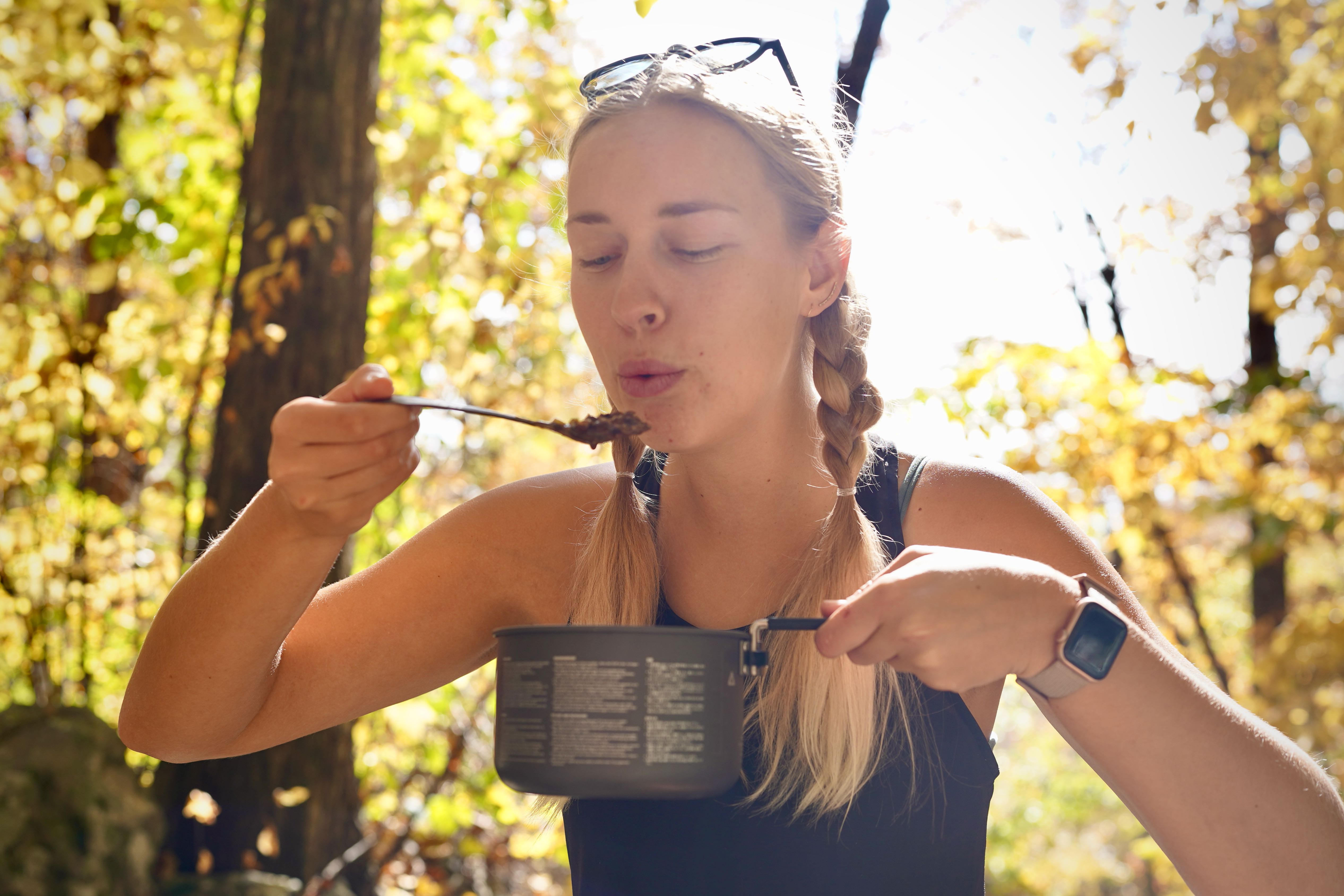
After laying out gear for your next backpacking adventure, the prospect of planning your food intake can feel complex and daunting. This is where bringing backpacking-specific food offers some relief and lots of time-saving convenience.
Instead of painstakingly preparing carefully measured volumes of specific ingredients to make a bunch of meals from scratch, backpacking meals come in neat little packages that are easy to lay out and visualize as you plan your trip’s meal schedule.
Before you purchase in bulk, be sure to consider how much space you have in your backpacking backpack, or ultralight backpack when shopping for these meals.
Dietary preferences are very individualized, and everything from taste to ingredients to ideal serving size varies from person to person. When selecting backpacking meals for your upcoming adventure, try to lean heavily on what you already know about your personal food preferences.
While plenty of creative and inspired backpacking meals are available today, choose the options that align with your lifestyle and sound appealing. Maybe you prefer low-sodium foods, are lactose intolerant, or maybe you just really dislike black beans. Whatever your preferences are, honor them as you begin to purchase meals.
After a long and active day out, you don’t want to find yourself stuck with a meal that isn’t exciting and satisfying for you. Go with what you know.
Caloric Density & Weight
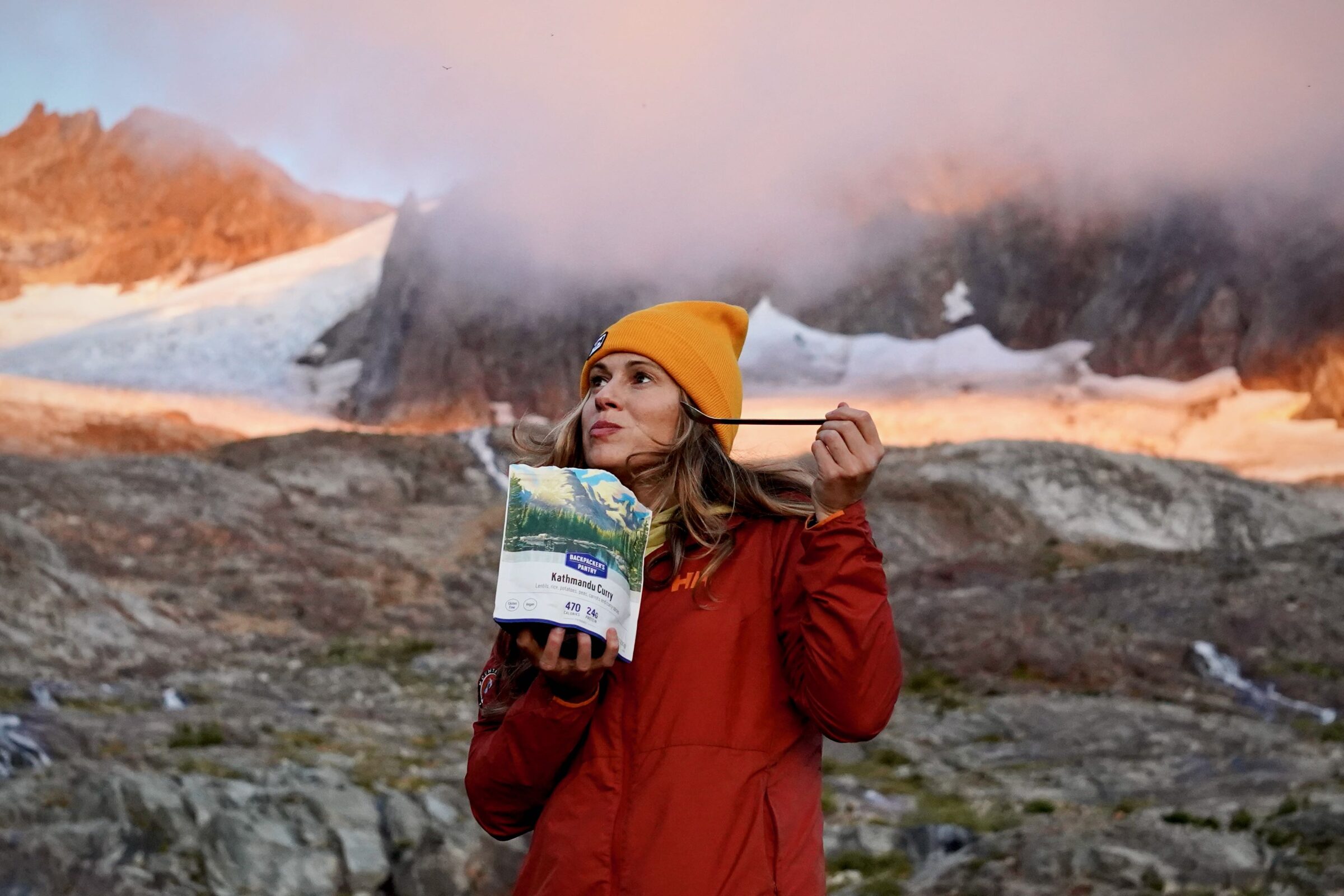
Now, here’s where the debate gets heated! Backpackers — particularly in the ultralight cult — love nothing more than to scrutinize the stats of every element in their loadout to narrow in on the best functionality-to-weight ratio.
Different backpackers have different nutritional needs, but in general, you want to strike a healthy balance between calories and dry weight so you don’t end up bringing too much heavy food or not enough to fuel the activity you’re about to do.
Consider how much your meals weigh versus how many calories they offer. While we aren’t going to suggest an exact number of calories you should be consuming during backpacking trips, we do recommend ensuring the meals you purchase offer enough calories to sustain you throughout the strenuous demands of your backpacking trips.
We like to follow the “100 calories per ounce” rule when backpacking. Optimally, any food you take, whether freeze-dried dinners or protein bars for snack time, should follow this metric. Many of the meals we’ve highlighted above are eaten during dinnertime, which is when you should be consuming the most calories. Therefore, it’s best that they have a much higher ratio than just 100 to one.
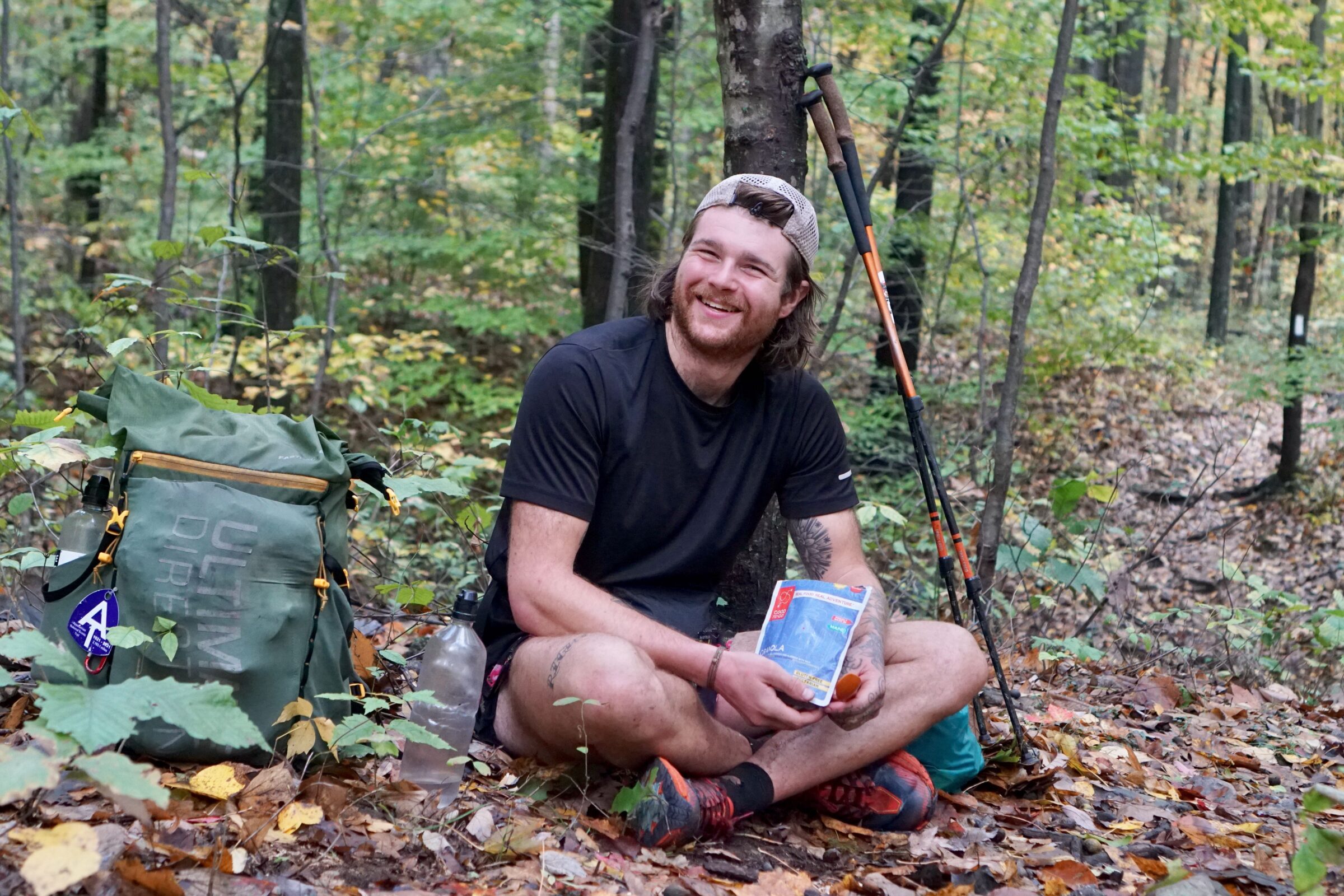
Generally, you’ll consume more calories daily while backpacking than you do on average at home. Before your trip begins, it may be a good idea to try a few backpacking meals and experience the actual size of the servings and how full they make you feel.
Remember that when you locate the calorie number on the back of your food pouch, that number refers to the calories in a single serving. Many backpacking meals contain multiple servings, so don’t assume one individual pouch is meant to be one meal for one person. In our stats list above, we have listed the total number of calories in each entire package.
Food always makes up a major portion of the total weight you’re lugging around in your pack. Ideally, you’re maximizing the amount and quality of the food that you bring while minimizing the weight you’ll have to carry.
As you consider which meals to buy, think about the ratio between weight and calories. There’s a lot of variation in this ratio between different meal options and manufacturers. Over a multiday trip, food weight adds up fast. Plenty of calories, nutritious fueling meals, and a manageable total pack weight are your goals.
Cooking Method: Pot or Pouch?
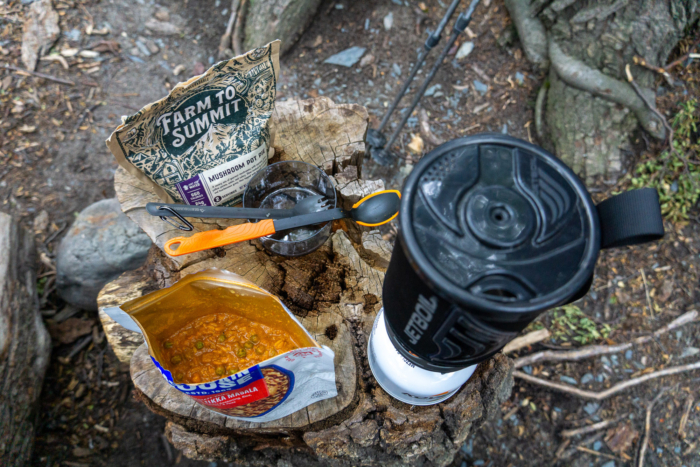
There are a few distinct categories of backpacking meals that are defined by the cooking method. Most backpacking meals are dehydrated or freeze-dried and must be rehydrated with hot water before consumption.
While many options can simply be hydrated in their own packaging, others have to be poured into a pot and actively stirred. An obvious difference between these two methods is that the pot-reliant options require you to dirty a dish at mealtime. Cook-in-pouch meals are the better choice for those who wish to avoid washing a pot or for the ultralight and cookware-averse crowd.
A third category of backpacking meal requires no hot water hydration at all. These meals are cooked and ready to eat as is, and all you have to do is simply open the pouch and dig in. However, because these options are not dehydrated before packaging, they tend to be heavy.
Check out our comprehensive guide on backpacking stoves for help in choosing the best backcountry heating method to whip your meals into shape.
Water Availability
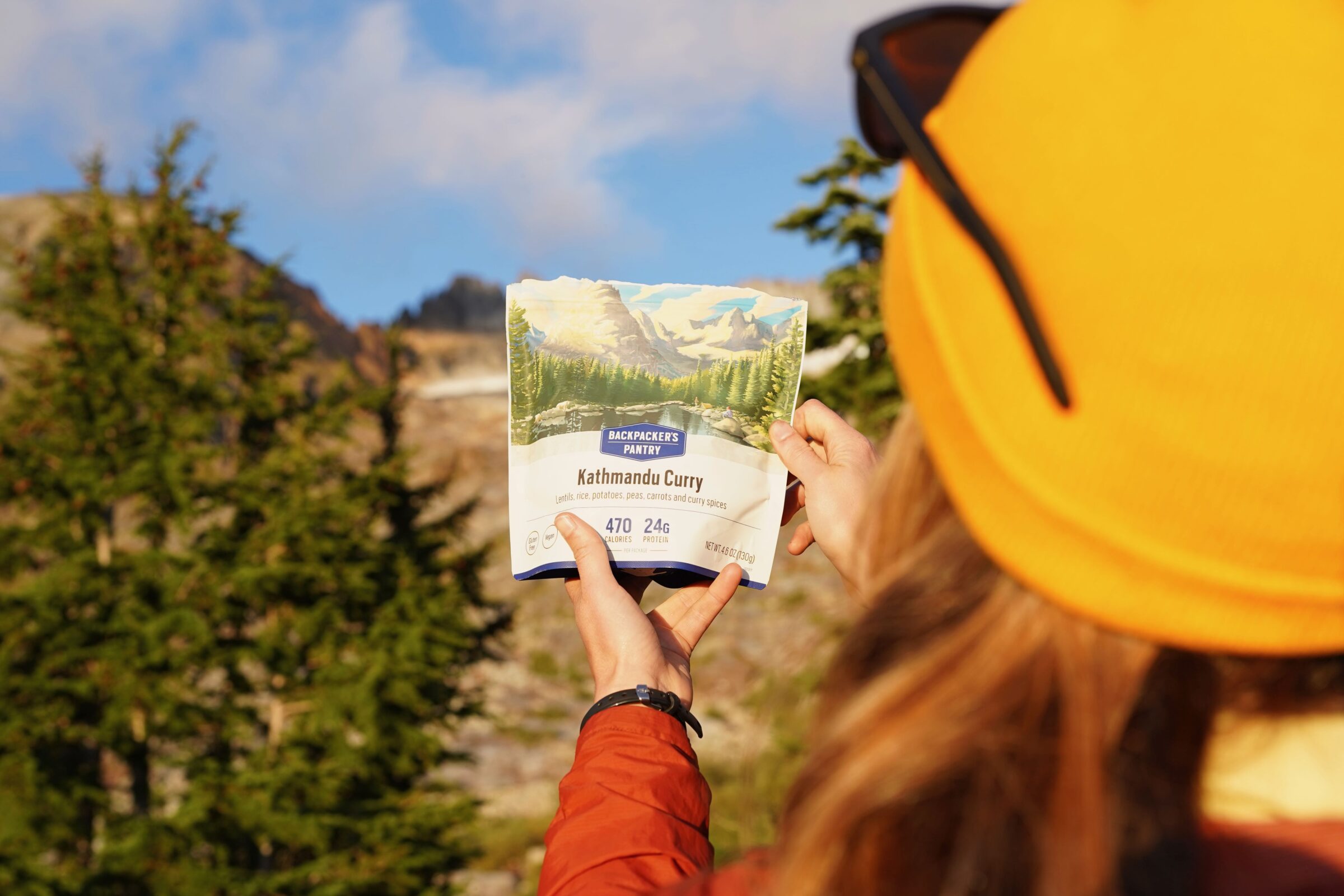
For meals that require water in their “cooking” process, plan ahead to ensure you’ll have access to enough water to hydrate your pouches at mealtime. Will you be carrying some or all of your water on this trip? Is there access to water along the way?
If you have access to a natural water source, do you have a reliable method of treating your water before using it for meals? If done correctly, boiling water can be an effective method of disinfecting water before using it for meals.
If you have limited access to water on your trip, it will be a very cherished commodity, so it may be wise to consider meals that don’t require hydration before cooking. That way, you can focus your water allotment on your hydration needs.
Dietary Restrictions
There are plenty of foods that have the nutrition we need without eating traditional meat-based diets. These days, ever-improving backpacking meals are available for those with dietary restrictions. Brands like Heather’s Choice, among others, make meals that accommodate eaters with all kinds of diets, from dairy-free to paleo to vegan and more. If you’re looking for vegan options specifically, we’ve covered the best vegan backpacking meals as well.
With an estimated 1% of the American population diagnosed with Celiac disease and an additional 6% with sensitivity to gluten, the number of people avoiding gluten is bigger than ever. As the gluten-free community grows, companies producing gluten-free backpacking meals are growing alongside them, providing more options than ever before. We’ve outlined what we think are the best options in our best gluten-free backpacking meals article.
Nutritional Value and Energy in Backpacking Meals
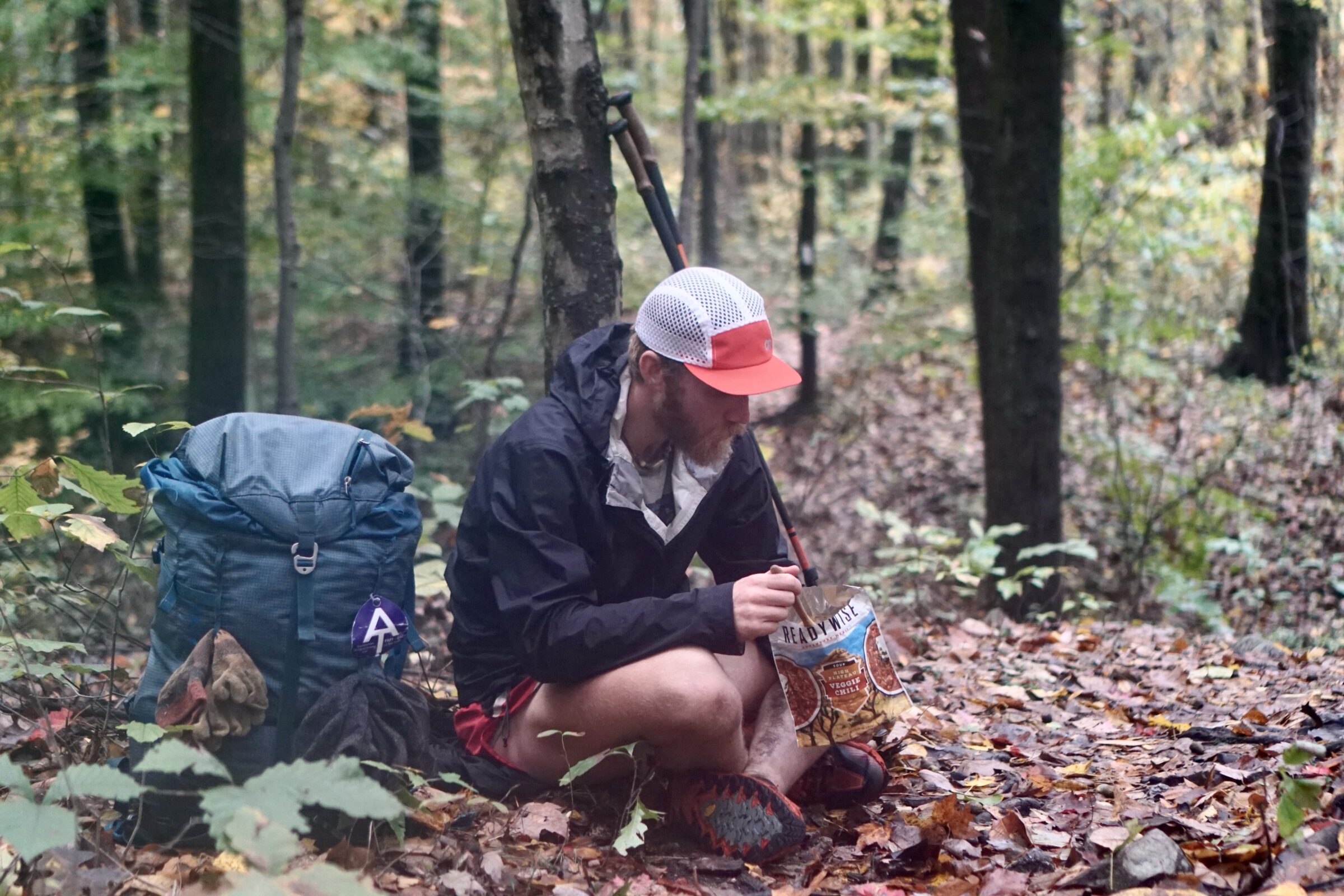
Just because a meal has a ton of calories, doesn’t mean those calories will necessarily give you the sustainable energy you need to keep pushing day after day on trail. Food made of empty calories doesn’t offer much in the way of clean, nutritionally dense energy.
Keep your eyes peeled for backpacking meals that strike a balance between healthy fats, substantial carbohydrates, and protein. These are essential ingredients for your body to keep lugging your backpack across brutal terrain.
We love meals that incorporate organic ingredients with lots of energy. Meals like these make us feel cleaner and healthier as we push our limits out in the backcountry.
Price & Value
Finally, refer to your trip’s budget before jumping in and buying all the meals that seem intriguing. Backpacking meals range in price quite a lot, and many backpackers are surprised to discover that some options cost nearly as much as brunch at a sit-down restaurant. Backpacking meals tend to cost between $5 and $15 per pouch.
Budget
You don’t have to be a thru-hiker to be spend-wide when it comes to fueling your backpacking trips. Ramen noodles like the $4 NongShim Shin Black Noodle Soup can be great starting points for whipping up your own on-trail dinners, and pack in the calories with 121 per ounce — easily above our 100 calories/ounce threshold for good density. Some backpacking meal brands are known for good value, and our best budget pick, the Readywise Still Lake Lasagna with Sausage ($8), doesn’t give up any flavor to hit the price.
Mid-Tier
Spending a bit more (and we do mean just a bit) can get you into your classic backpacking meals, with options from Backpacker’s Pantry, Mountain House, as well as new-to-the-scene options like Good-To-Go, Heather’s Choice, and AlpineAire. Expect to pay around $10 for a dinner entree and $7-9 for a breakfast option.
The Backpacker’s Pantry Pad Thai ($10) is a classic choice and comes with a number of different add-ons to allow you to adjust the meal to your preferences. We also quite like the Heather’s Choice Apple Pie Buckwheat Breakfast ($9) as a breakfast.
Premium
There are certainly premium choices out there, and brands like Pinnacle Foods use only the highest-quality ingredients that are made in the U.S. in small batches. You’ll pay a bit more for them — nearer $13-14 for an entree — but if you’re after a high-quality treat, snag one or two of these to make your last night on the trail a memorable one.
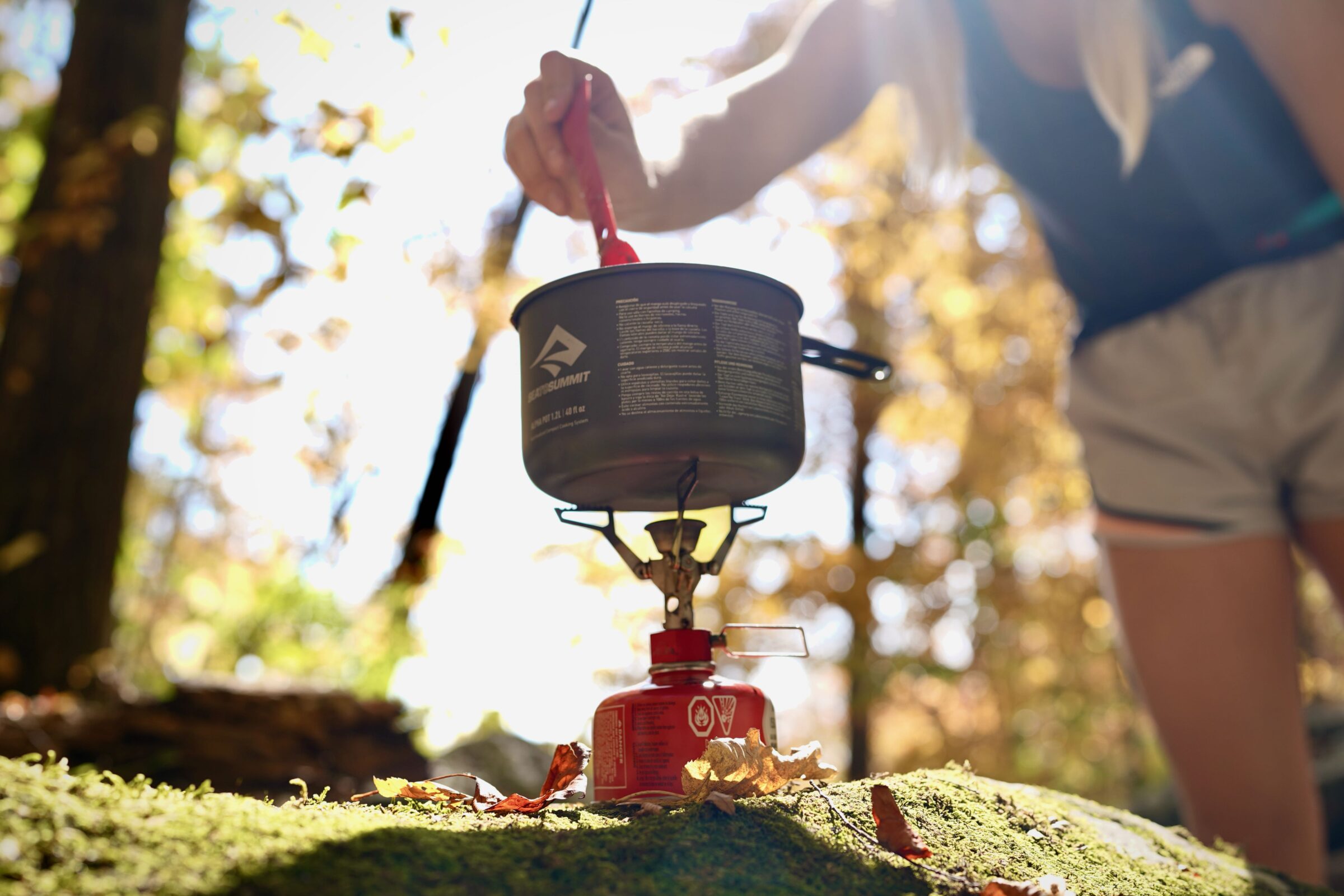
Frequently Asked Questions
Thanks to the common combination of long days and heavy packs while backpacking, you’re going to burn a ton of calories. Most backpackers will need to eat more food while out on a trip than they do on a normal day at home. Actual intake depends on the individual, but most people will need to eat between 2,500 and 5,000 calories per day to sustain themselves and replenish after a strenuous hike.
Because backpacking meals come in breakfast, lunch, and dinner options, you could feasibly subsist on only backpacking meals and get plenty of calories each day. However, depending on your budget, you may want to supplement your backpacking meal pouches with other snacks and foods for easy and affordable grazing.
Companies like Mountain House and Backpacker’s Pantry make many tried-and-true backpacking meal pouches. While these two sources represent the bigger names on the market, we also recommend products from other companies like Good To-Go and Peak Refuel.
The best backpacking meal is the one that tastes great, fills your dietary needs, and fits your budget. You want your meals to add satisfaction to your life after a full day on the trail.
If we have any say in the matter, the absolute best backpacking meal we’ve tried is Peak Refuel’s Chicken Pesto — but this obviously boils down to personal preference.
Many backpacking meal companies now make products that accommodate a wide spectrum of dietary restrictions and preferences.
If you’re seeking healthy meals with fewer additives and preservatives, companies like Heather’s Choice and Wild Zora Paleo Meals make quality offerings. Check the ingredients of potential meals before you purchase. Whether you’re vegan, paleo, or are simply health-conscious — now’s a good time to be alive as a consumer of backpacking meals.
There are a few options out there to meet the needs of ketogenic folks, but they are rare. Next Mile Meals specializes in keto backpacking meals. These are crafted with adventurers in mind, and have the requisite calories and energy to support high-output activities.
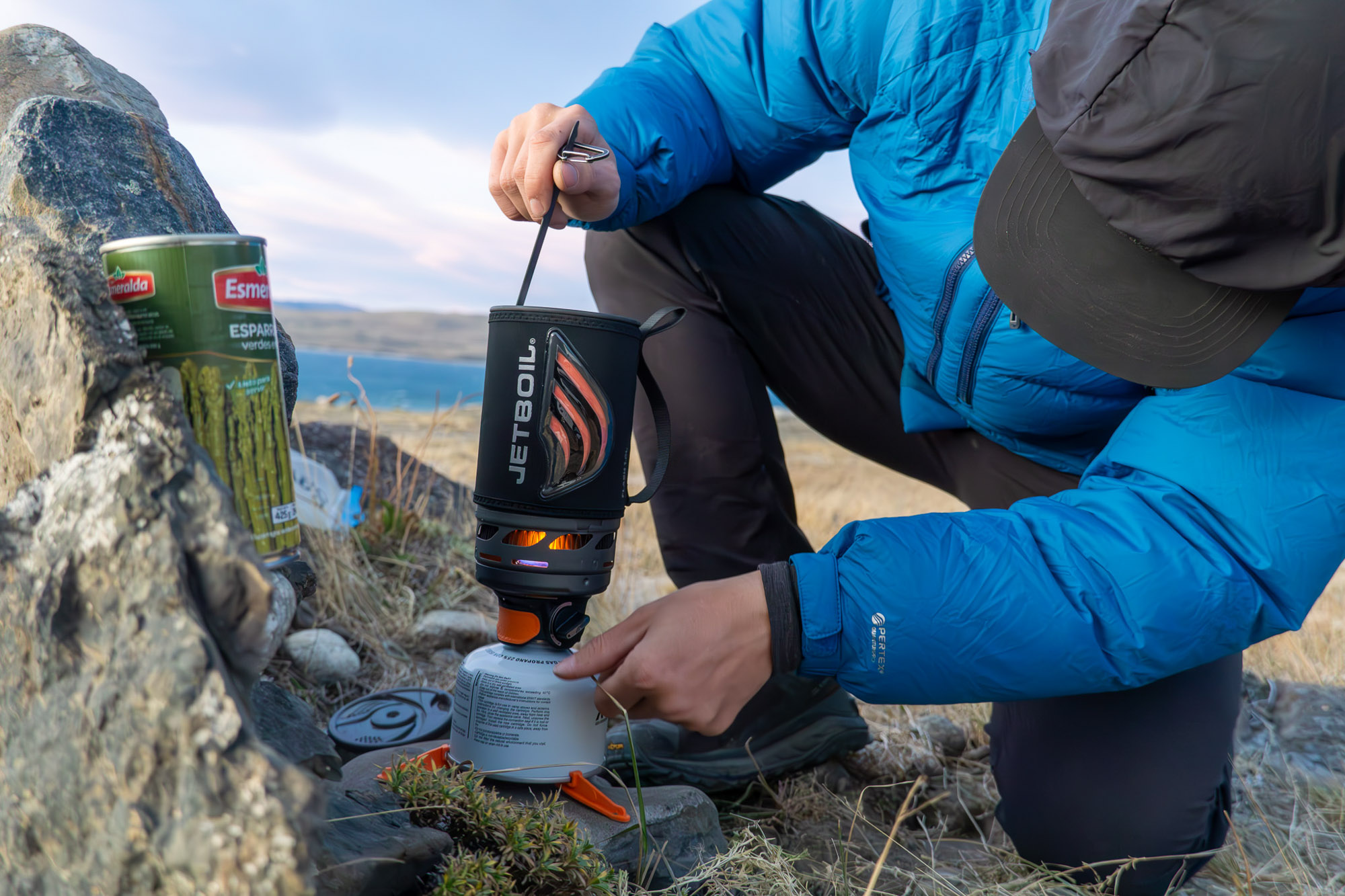
The Best Backpacking Stoves of 2026
The right stove makes life on the trail better. From ultralight canisters to four-season and multifuel options, we’ve found and tested the best backpacking stoves.

The Best Backpacking Backpacks of 2026
Head into the backcountry with the best backpacking backpacks of 2025. From budget-friendly options to ultra-comfortable picks, we’ve got you covered.
